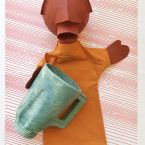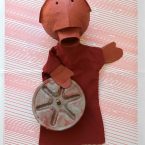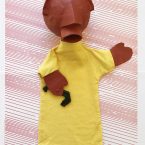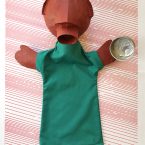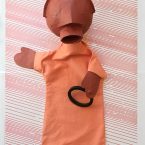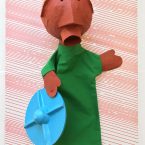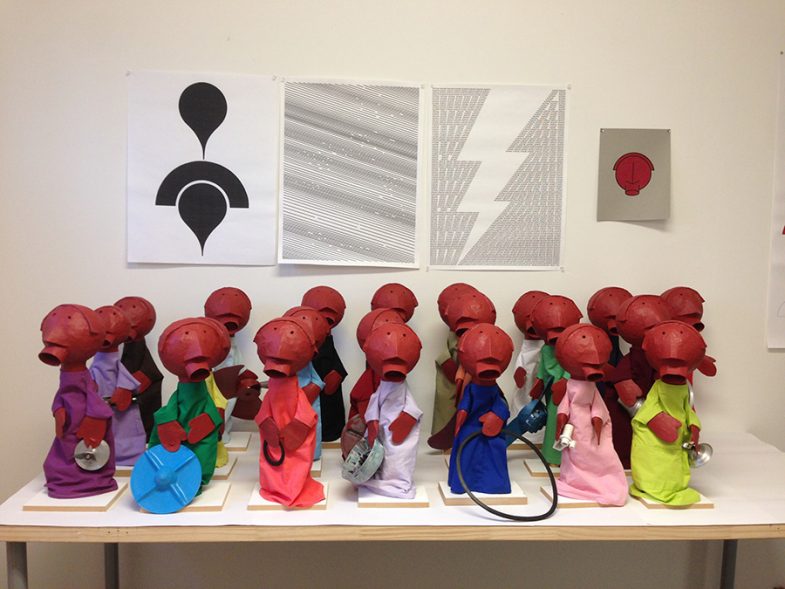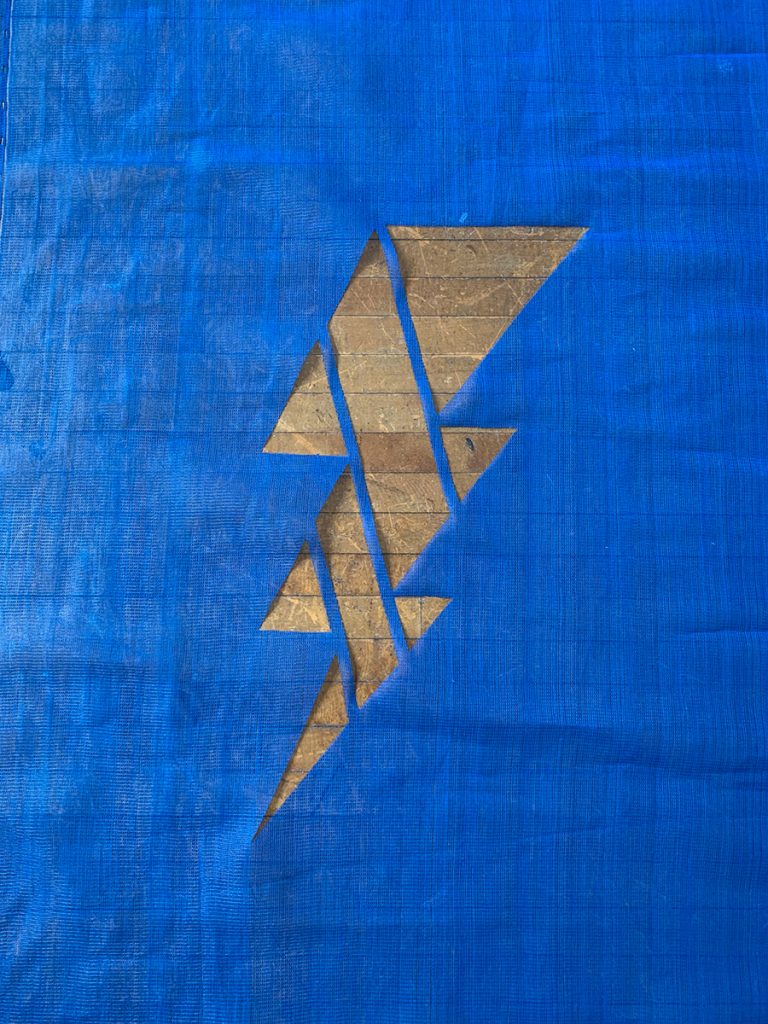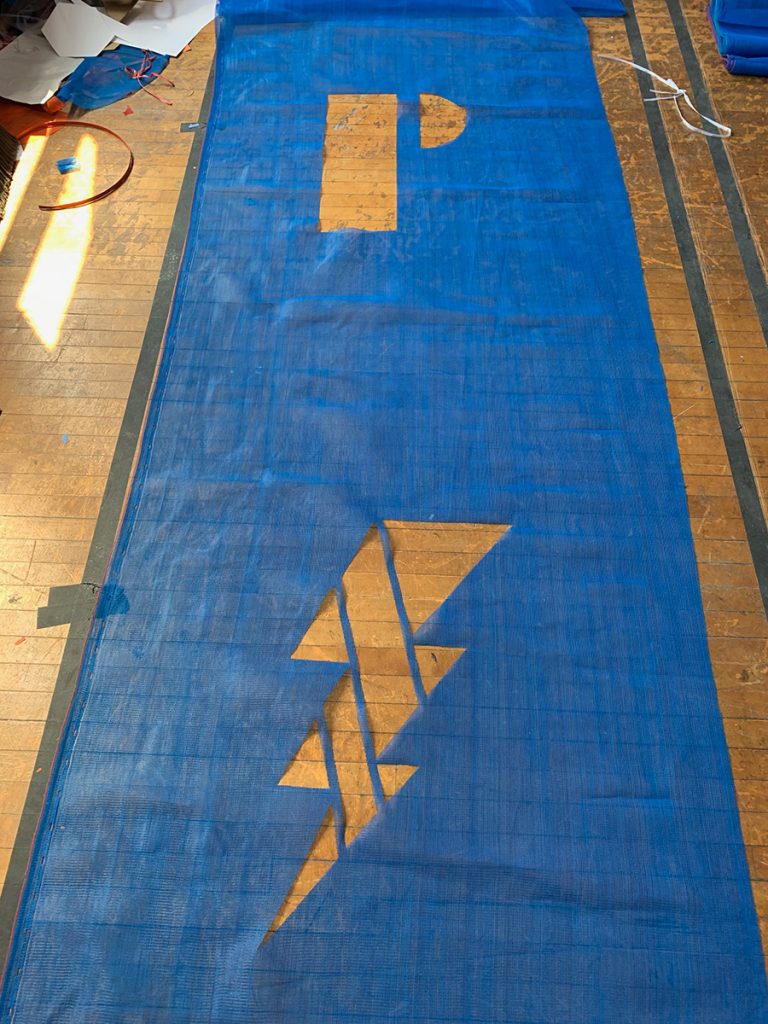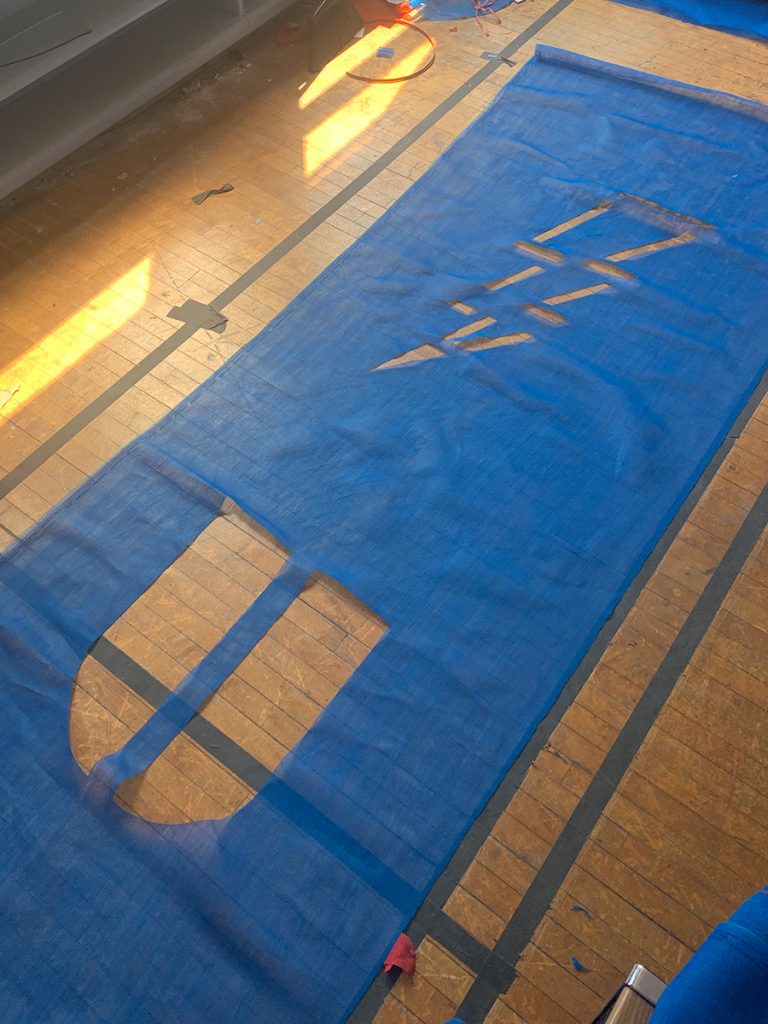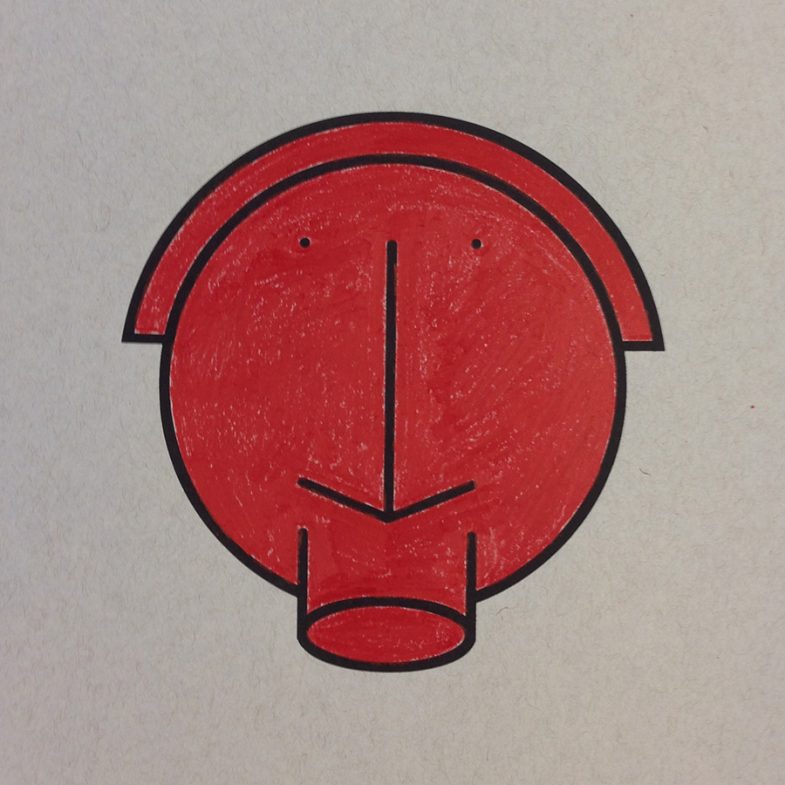Press release 1:
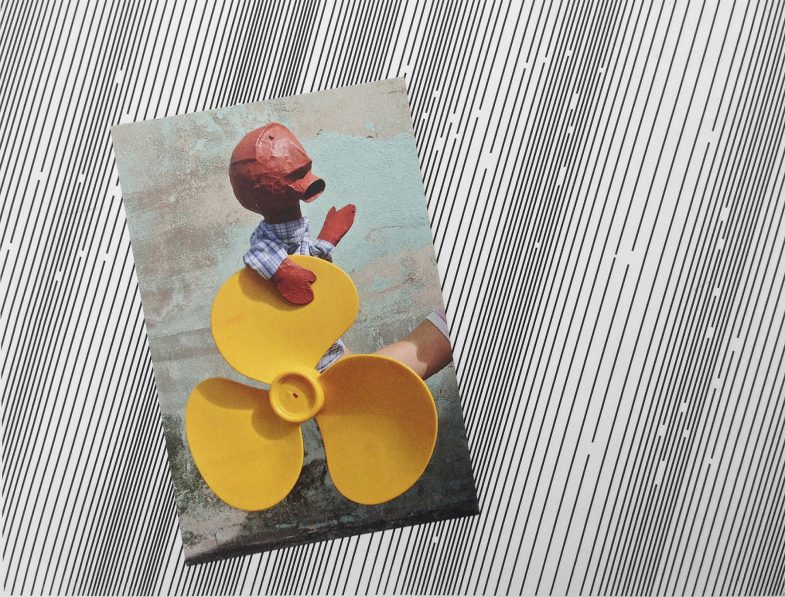
Ruptura/ Rupture
Socrates Sculpture Park, NY
Saturday, August 24 • 2-6 PM
Rain Date: Sunday, August 25 • 2-6PM
Join artist Ernesto Oroza in exploring an archive of materials reuse through radical puppet theater. ‘Ruptura’ incorporates more than 80 hand puppets holding machine spare-parts gathered from Cuban households over the last 5 years. These machine spare-parts were used to repair mixers, fans, washing machines, coffee machines, and pressure cookers imported by the Cuban government from China, Korea, Spain, and The Soviet Union, among others. The project interrogates repair and reuse – considering these tactics as techno-political positioning and a critical approach to commodification of the contemporary industrial object. Through participation and manipulation of the puppets, the audience becomes an actor of the work.
‘Ruptura’ is made possible with support from Oolite Arts – #OoliteArts @OoliteArts
This program is part of artist Rafael Domenech’s sculpture and bookmaking project ‘Las Palabras son Muros [Pavilion for Astoria].’
FREE • RSVP to rsvp@socratessculpturepark.org
‘Las Palabras son Muros [Pavilion for Astoria]’ is made possible with generous support from the Rockefeller Brothers Fund.
ADMISSION
Admission to the Park’s grounds, exhibitions, and programs is FREE.
LOCATION
The Park’s address is 32-01 Vernon Boulevard / Long Island City, NY 11106. Our main entrance is located at the intersection of Vernon Boulevard and Broadway. You can also enter through the gate at the north end of the Park on Vernon Boulevard.
There will be a free tabloid available for distribution containing the play script, and t-shirts for sale
Tabloid Ruptura (download B&W PDF here): 8 pages tabloid, 500 copies, Spot-color Red, printed by mmprintinc.com, August 2019:
-
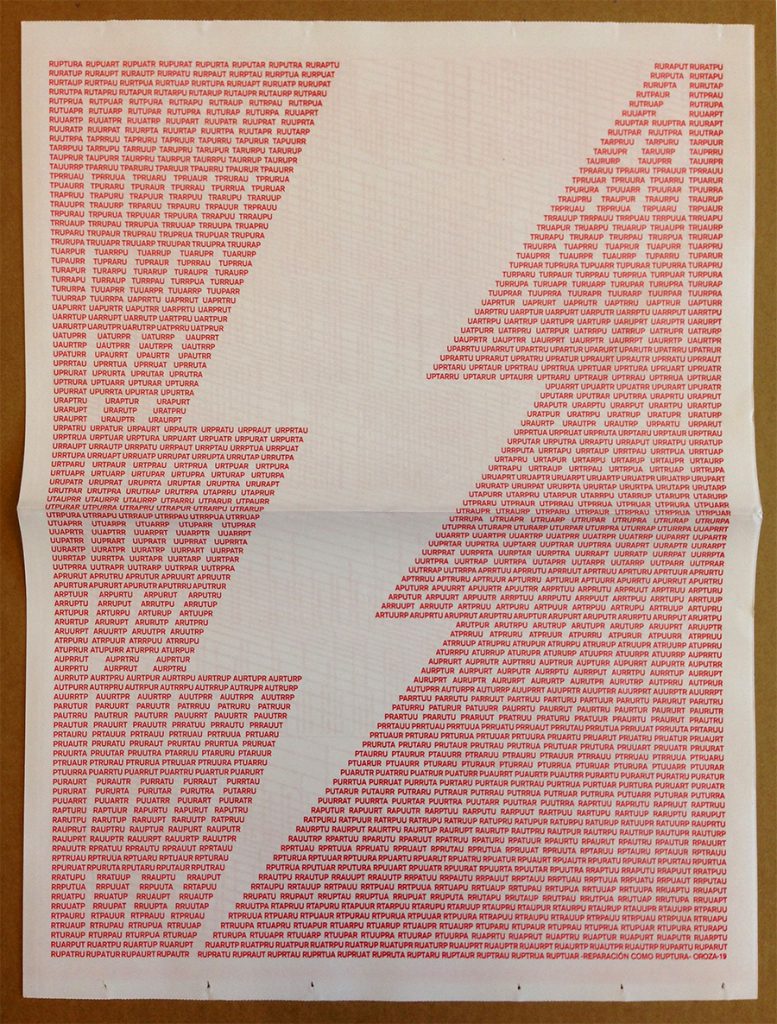
Poster Repair as Rupture. Pages 1-8 -
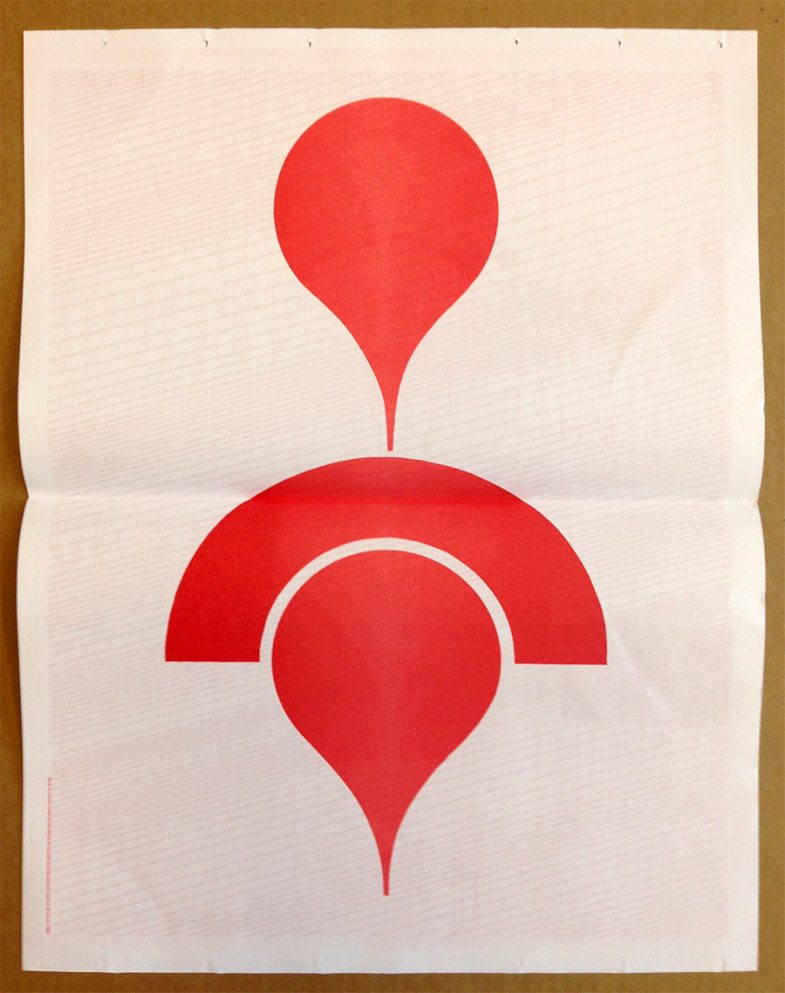
Reuse of a symbol created by Félix Beltrán for his poster El aceite lubricante usado es útil otra vez, 1969. Pages 4-5 -
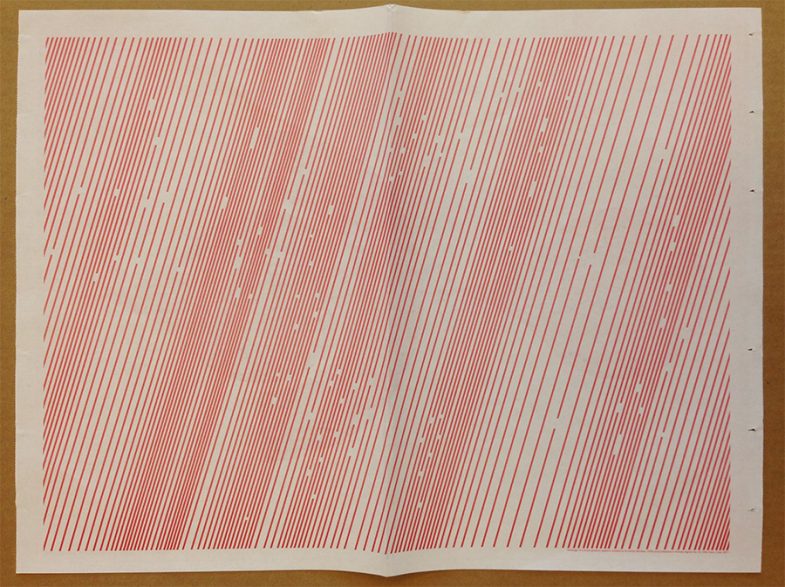
Reuse and redesign of a linear gradient pattern created by Armando Morales (1976) From revista Signos No. 20, Cuba 1977. Page 3-6 -

Pages 2-7 -
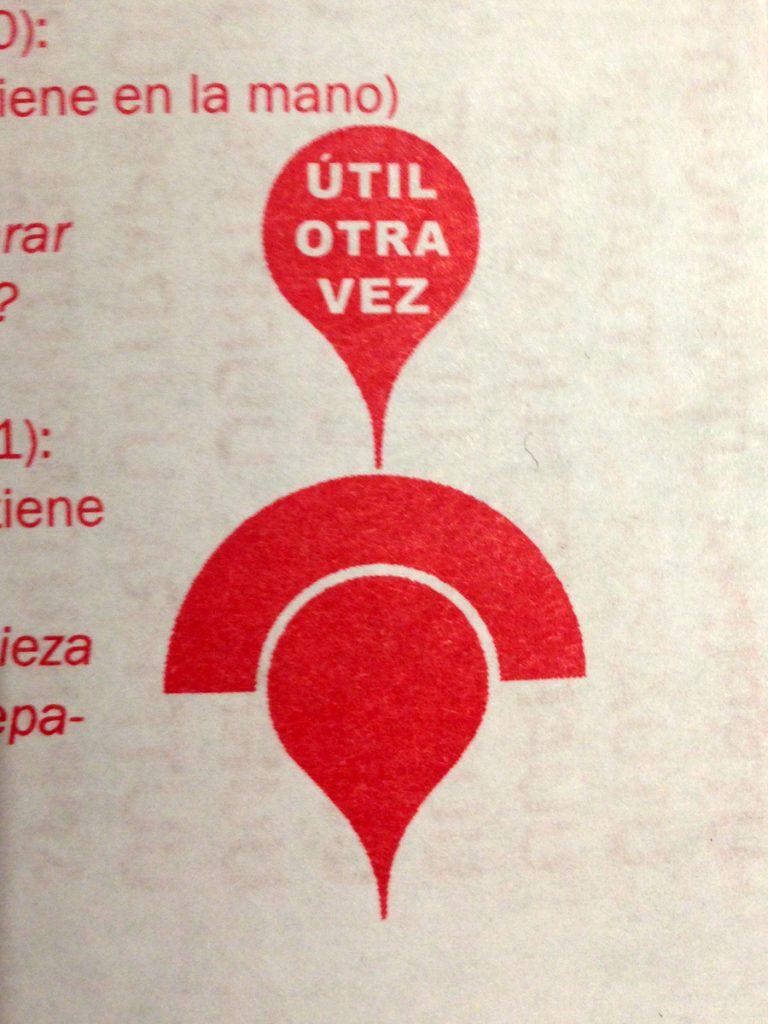
Page 2 (detail) -

Page 7 (detail) -
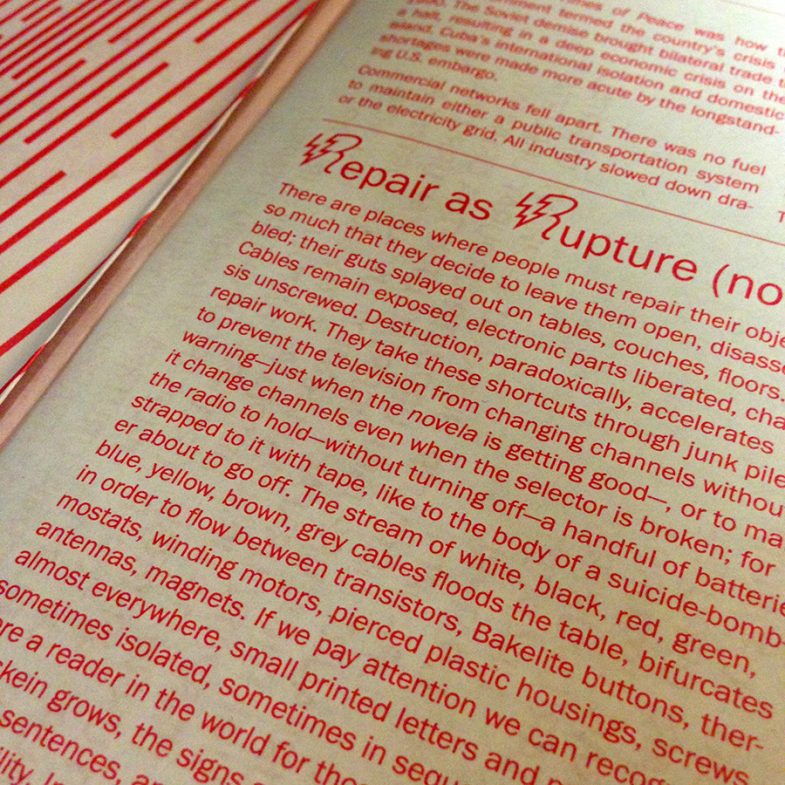
Page 7 (detail)
Photo documentation by Scott Lynch:
-

photo Scott Lynch -

photo Scott Lynch -
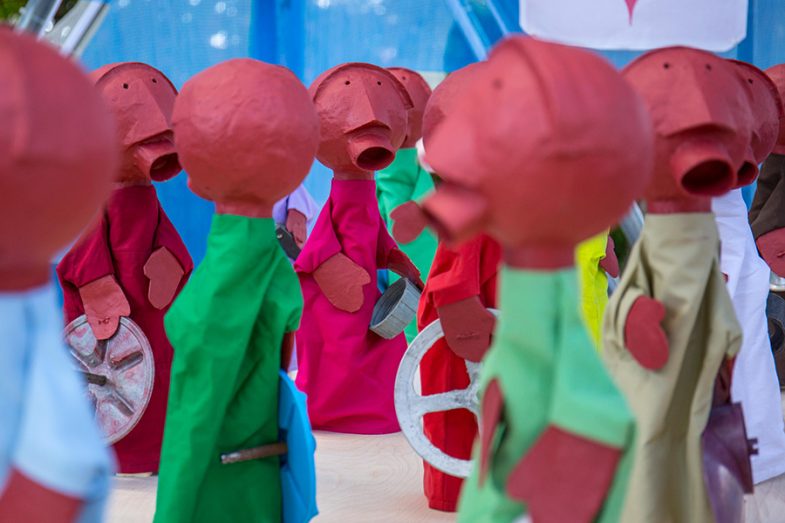
photo Scott Lynch -
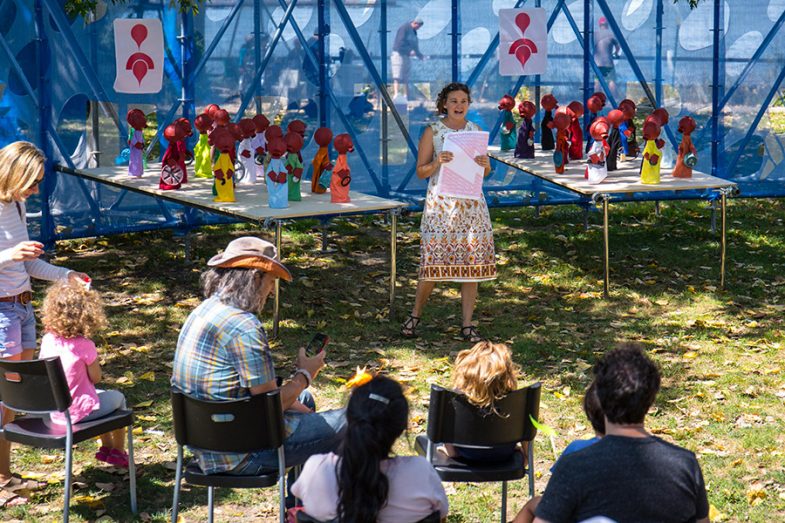
photo Scott Lynch -

photo Scott Lynch -

photo Scott Lynch -
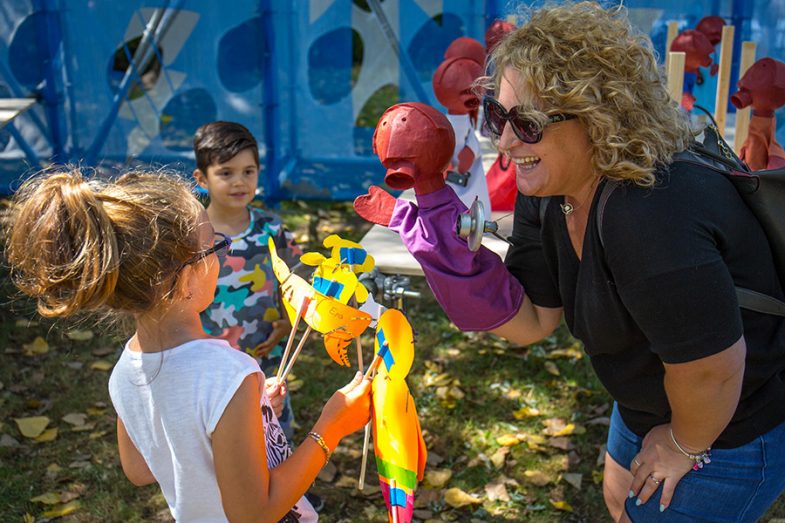
photo Scott Lynch -
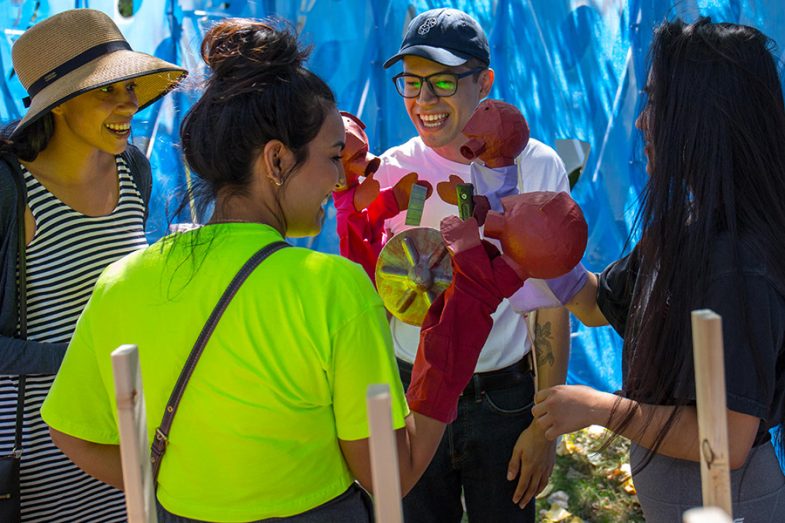
photo Scott Lynch -
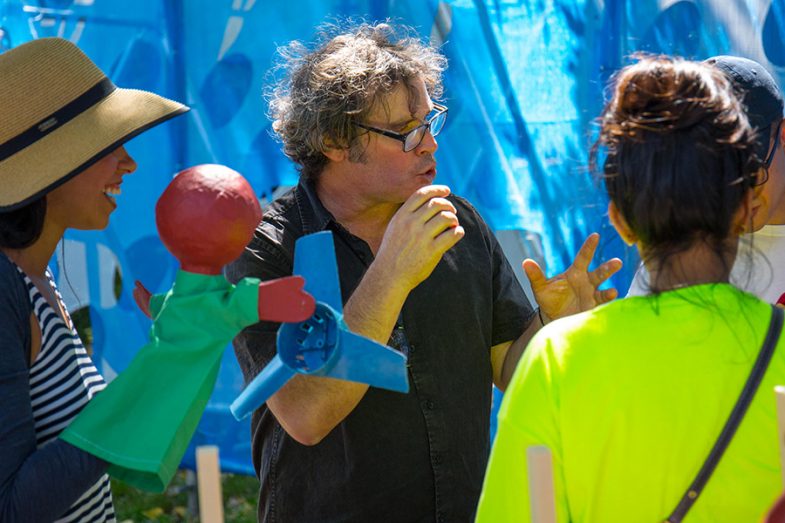
photo Scott Lynch -
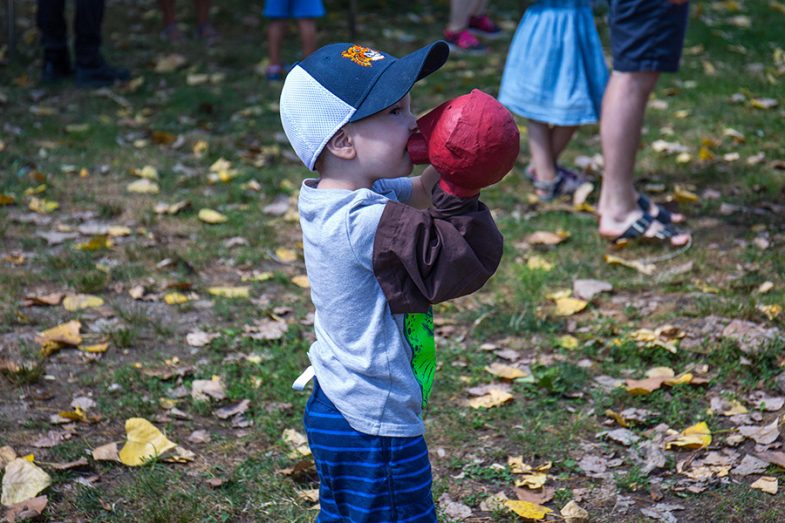
photo Scott Lynch -
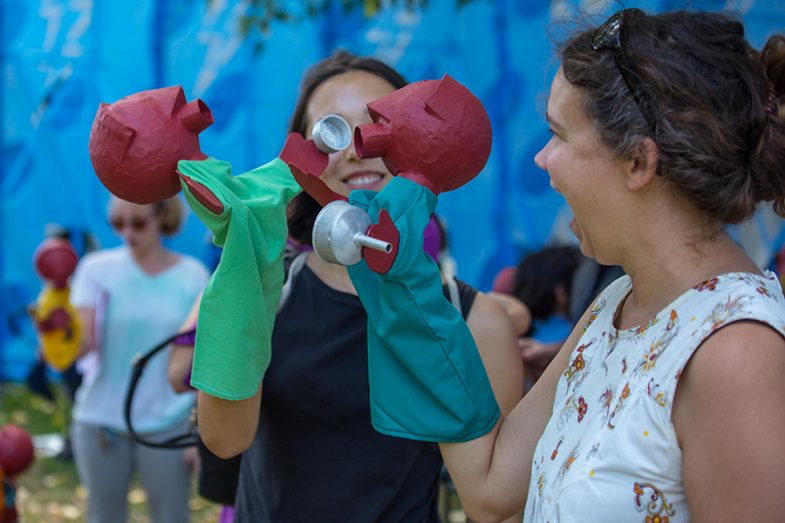
photo Scott Lynch -
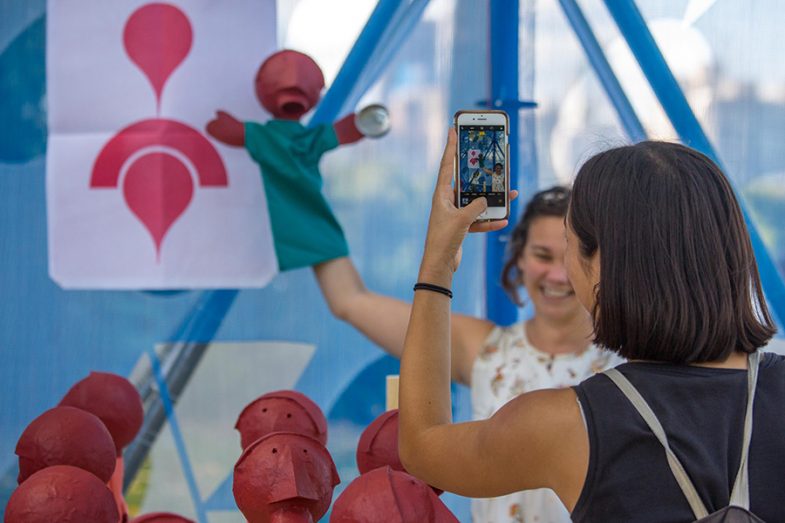
photo Scott Lynch -
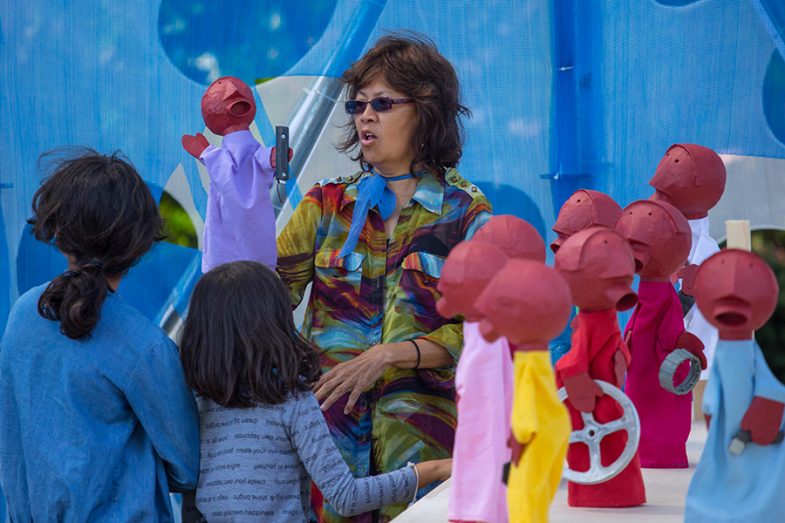
photo Scott Lynch -
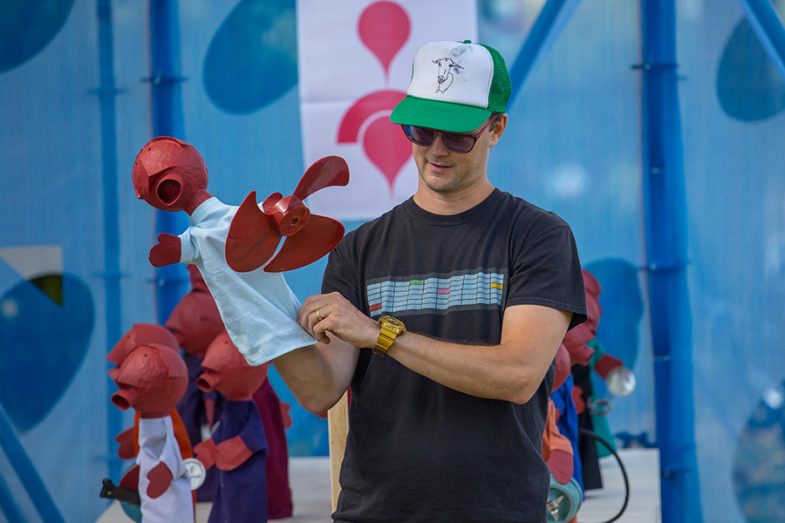
photo Scott Lynch -
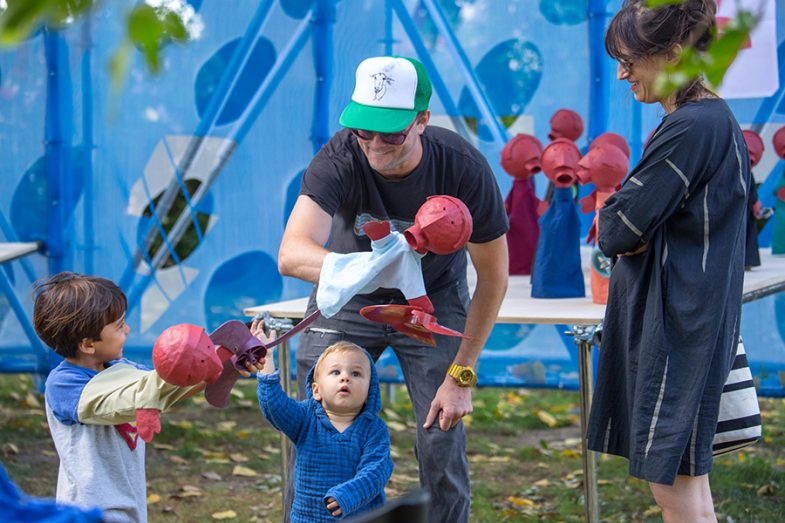
photo Scott Lynch -
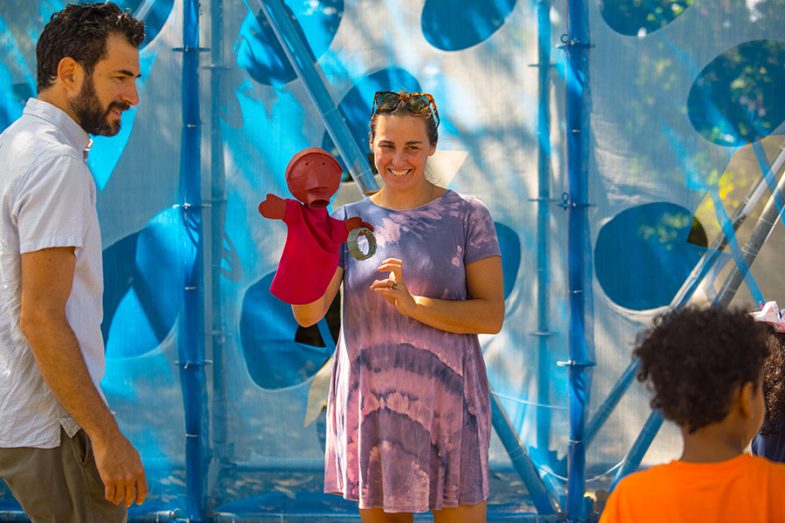
photo Scott Lynch -
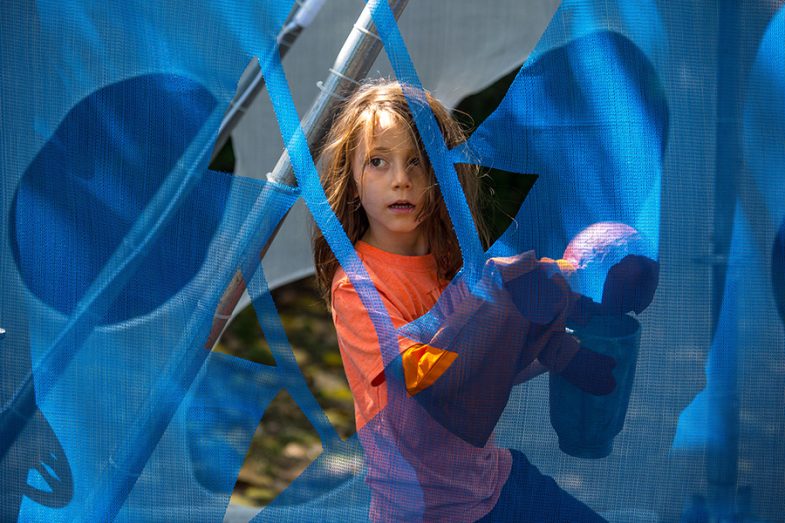
photo Scott Lynch -

photo Scott Lynch -
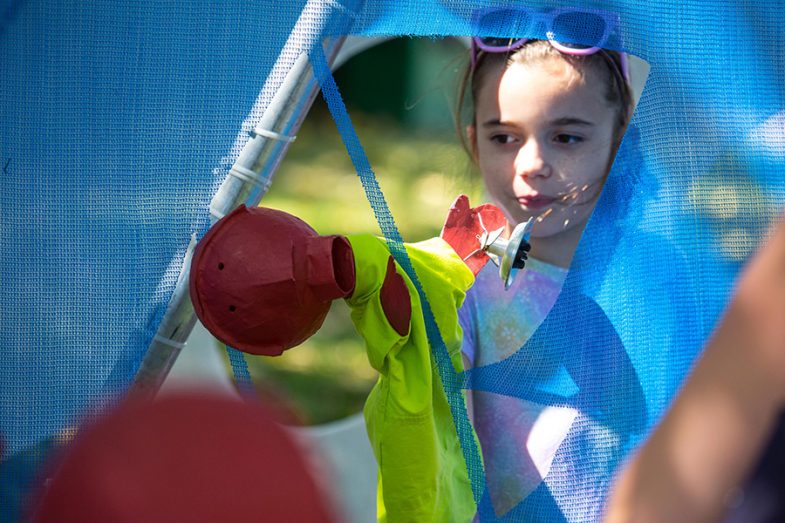
photo Scott Lynch -
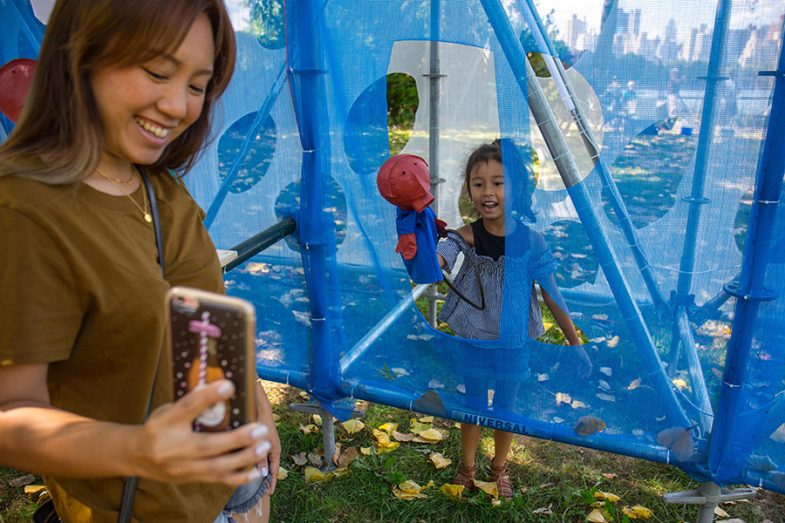
photo Scott Lynch -

photo Scott Lynch -
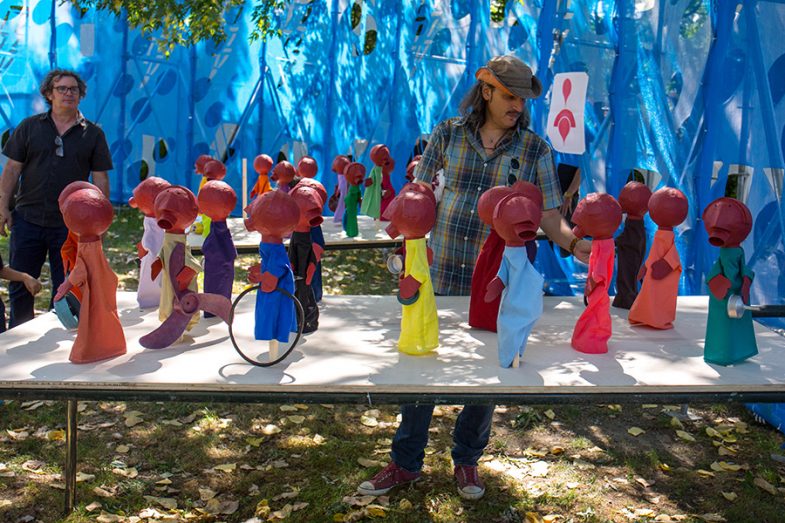
photo Scott Lynch -
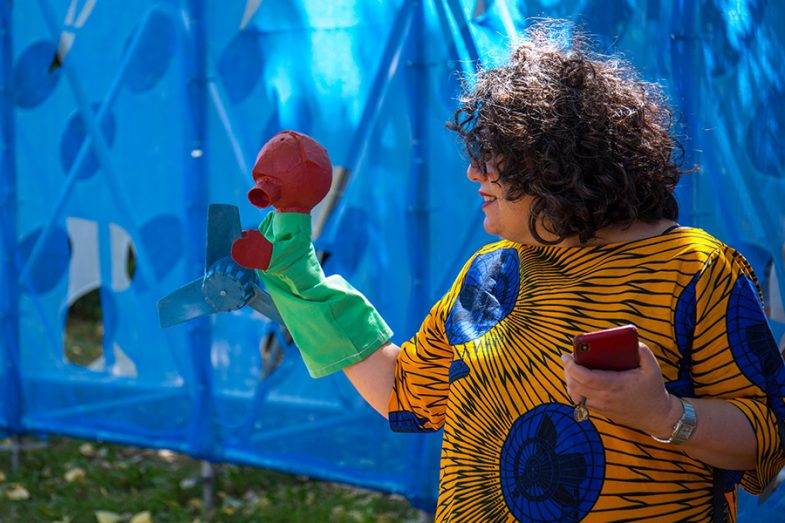
photo Scott Lynch -
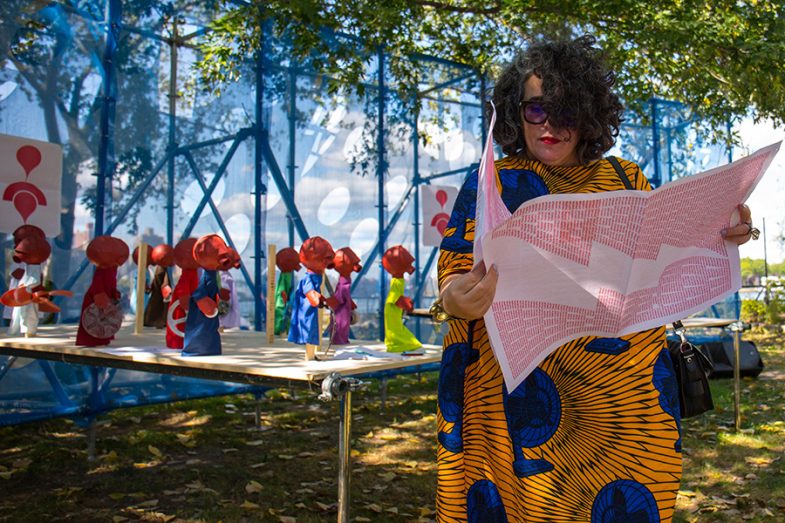
photo Scott Lynch -

photo Scott Lynch -
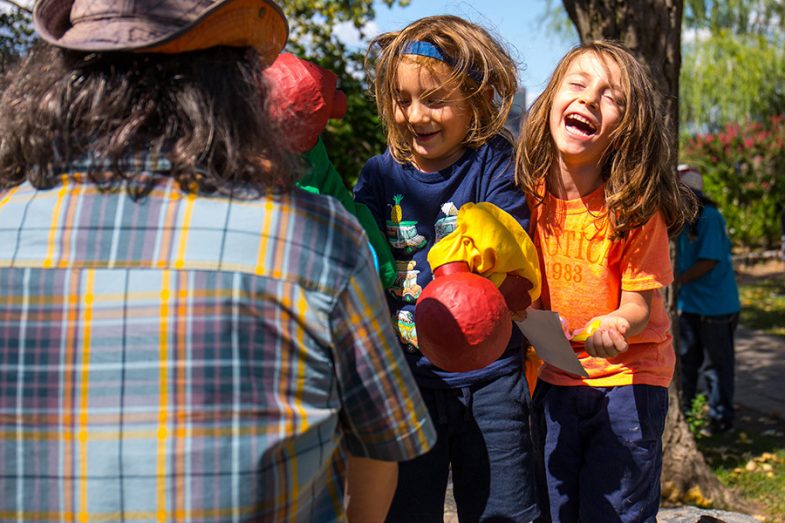
photo Scott Lynch -
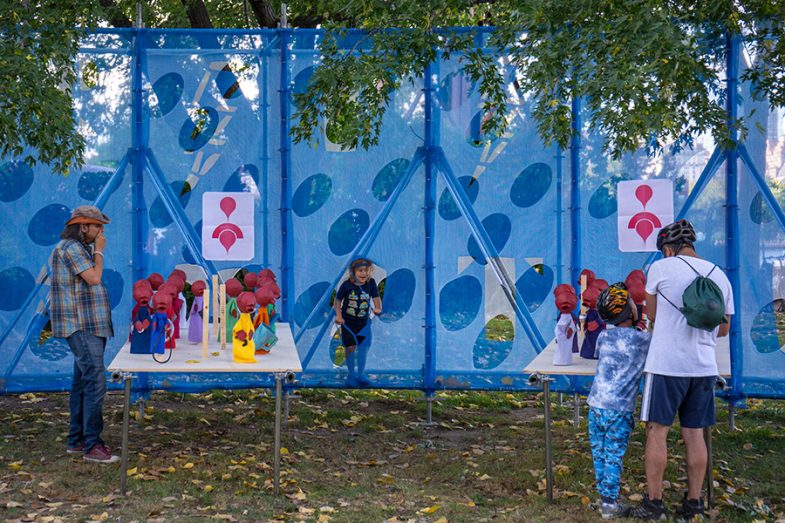
photo Scott Lynch -
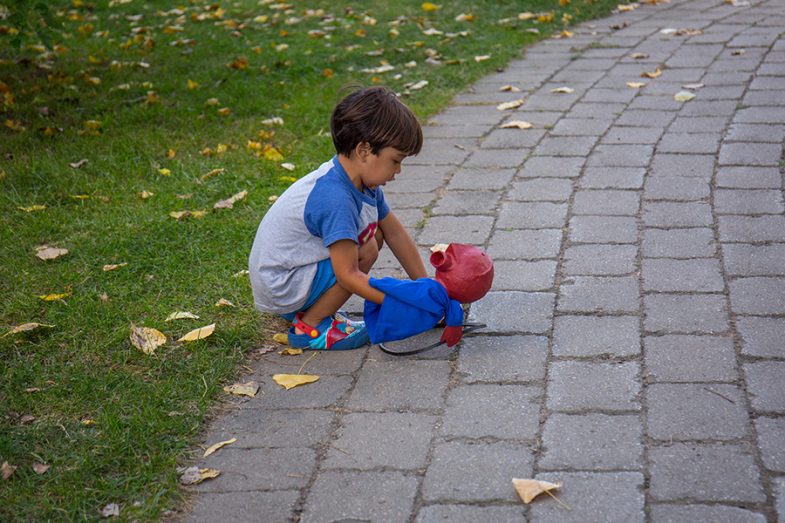
photo Scott Lynch -
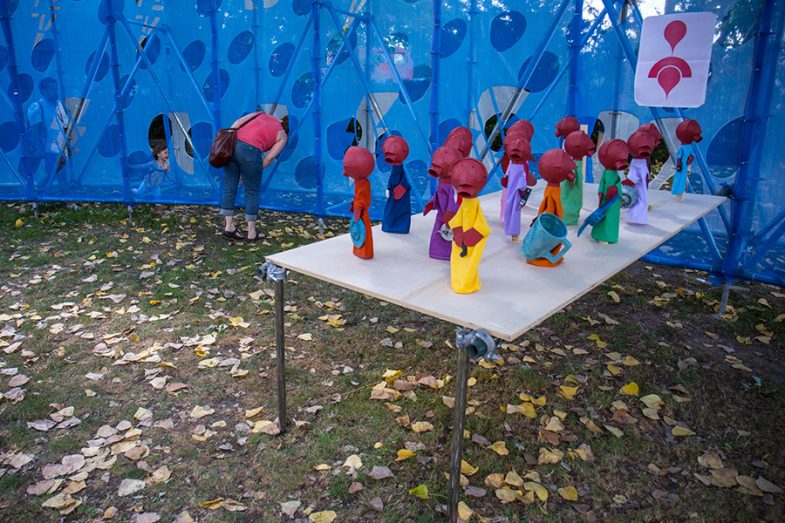
photo Scott Lynch -
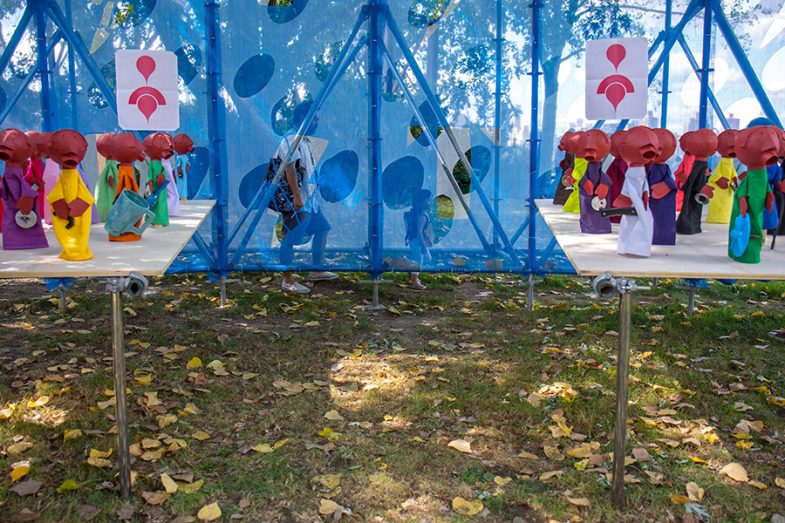
photo Scott Lynch
Photo documentation by Rafael Domenech:
-
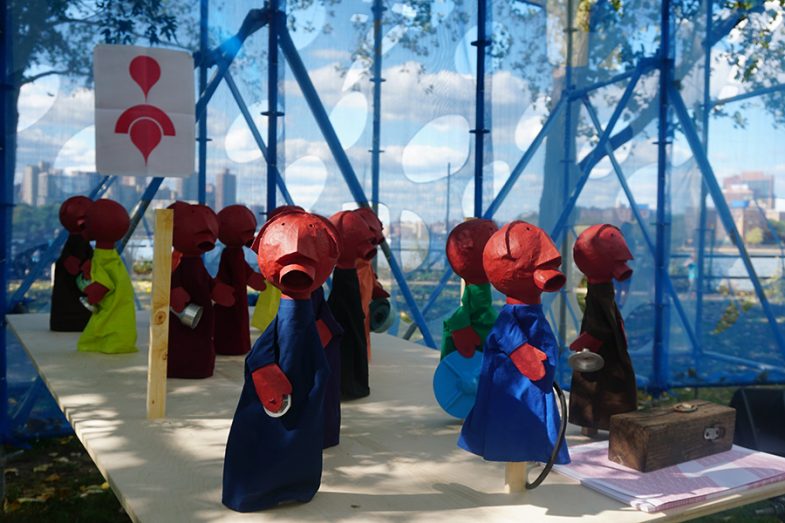
photo by Rafael Domenech -
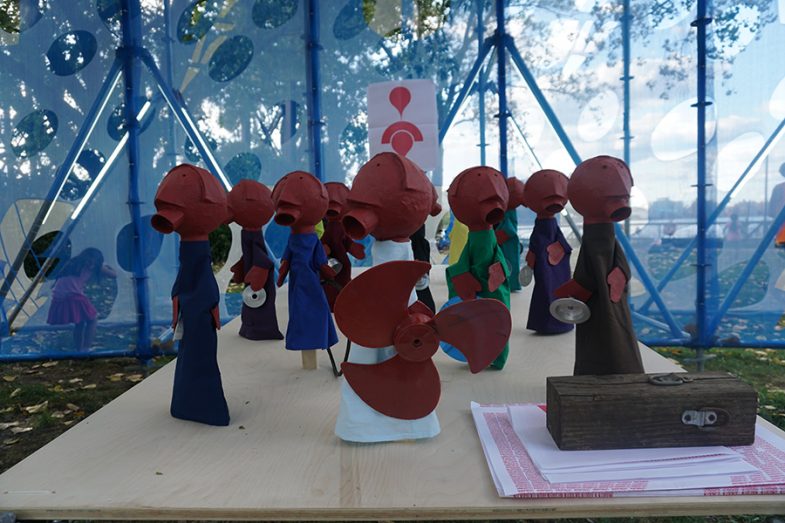
photo by Rafael Domenech -
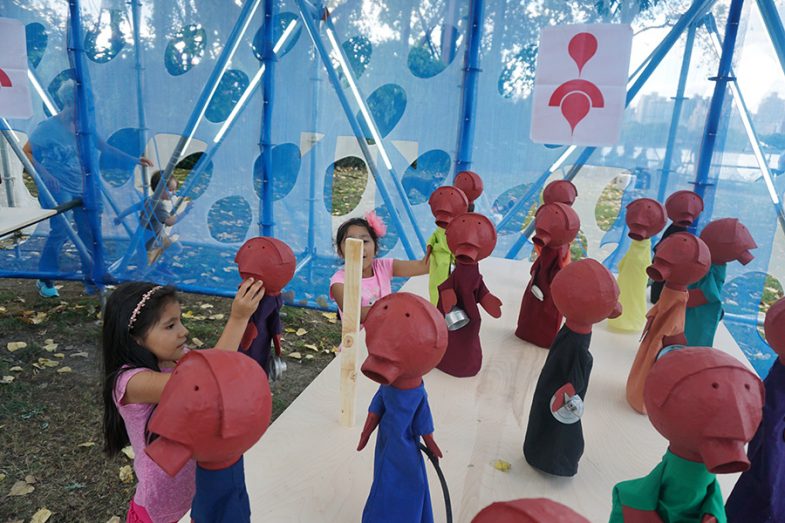
photo by Rafael Domenech -
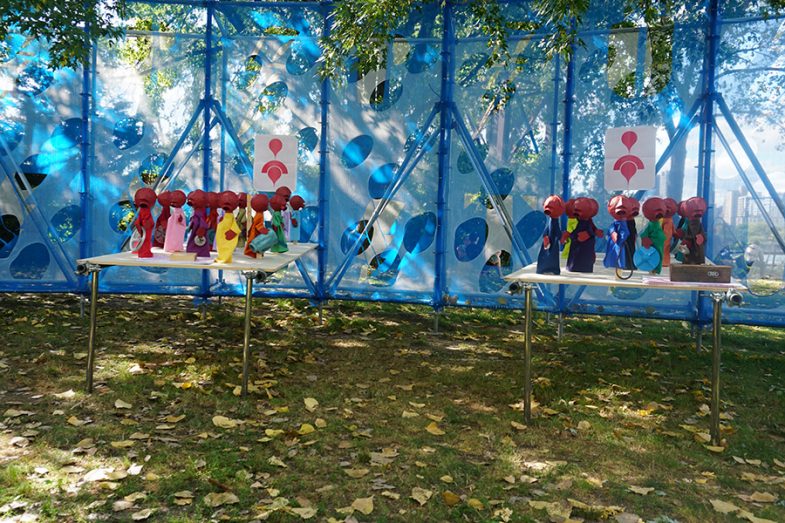
photo by Rafael Domenech -
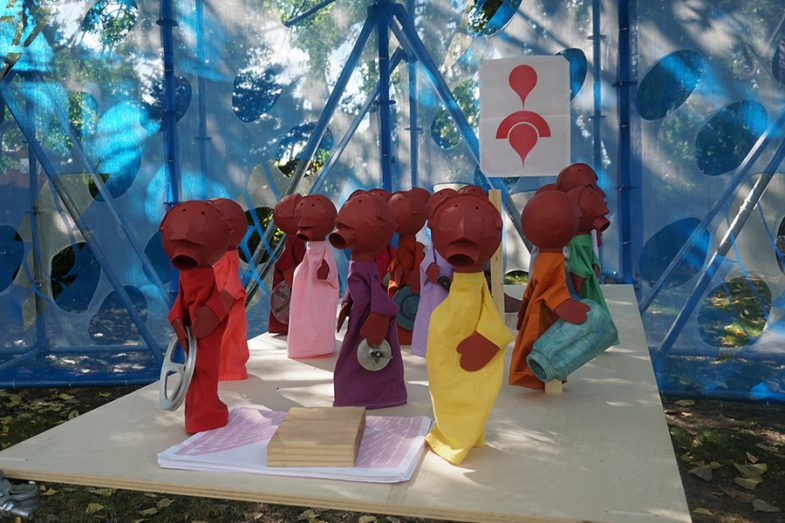
photo by Rafael Domenech -
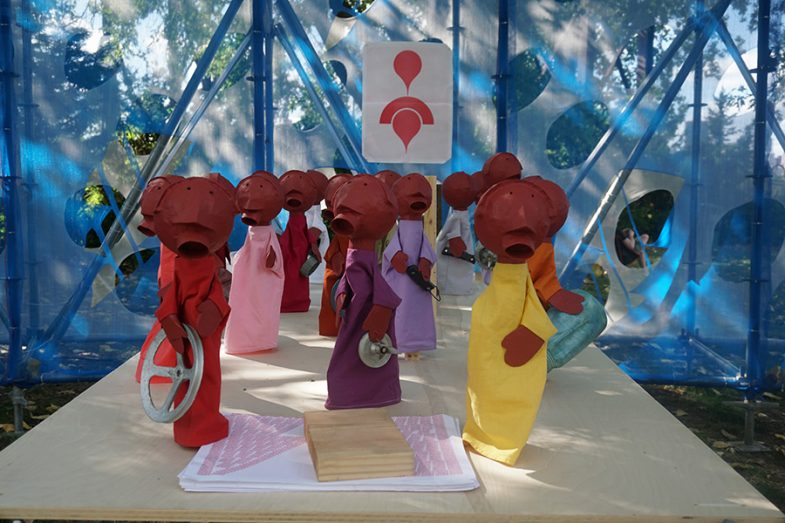
photo by Rafael Domenech -

photo by Rafael Domenech -

photo by Rafael Domenech -
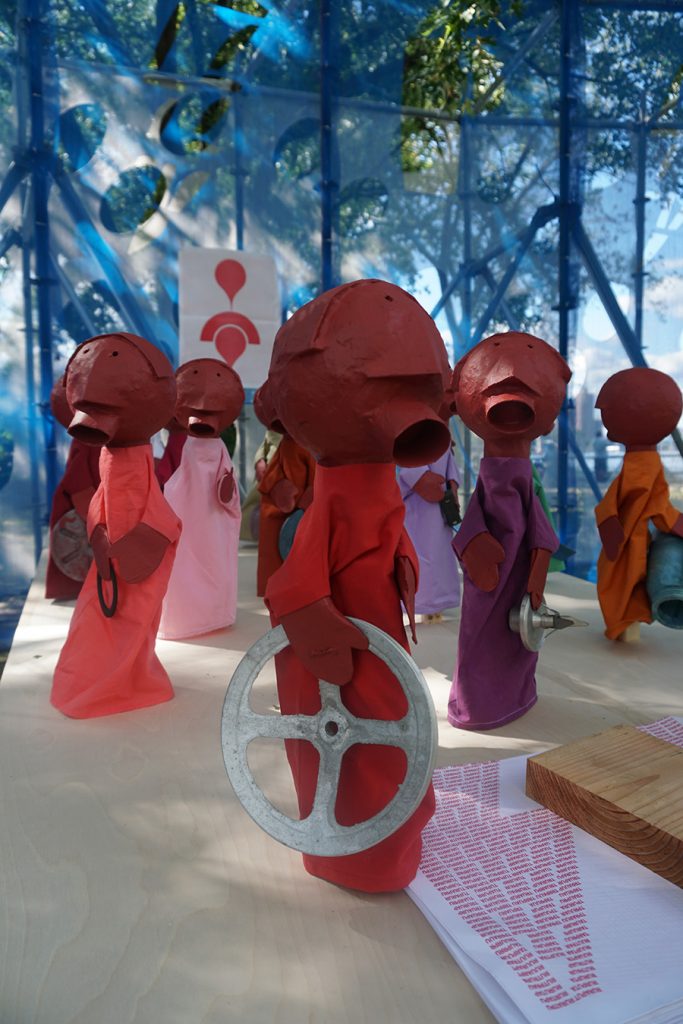
photo by Rafael Domenech -
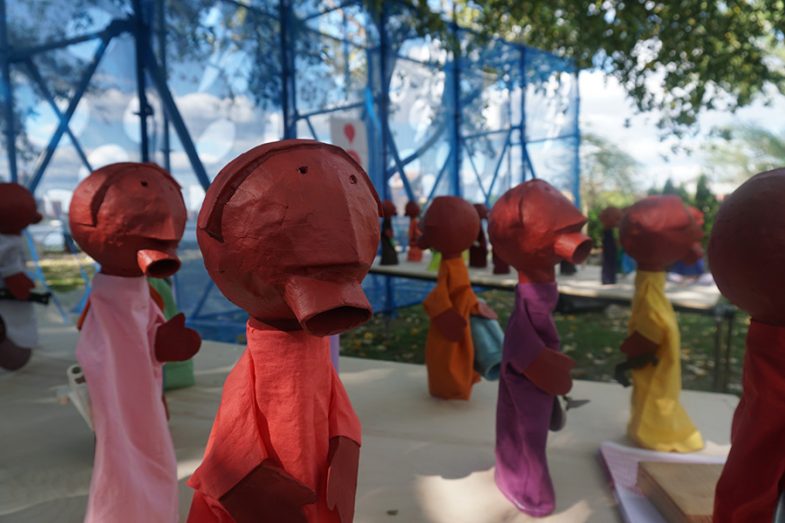
photo by Rafael Domenech -
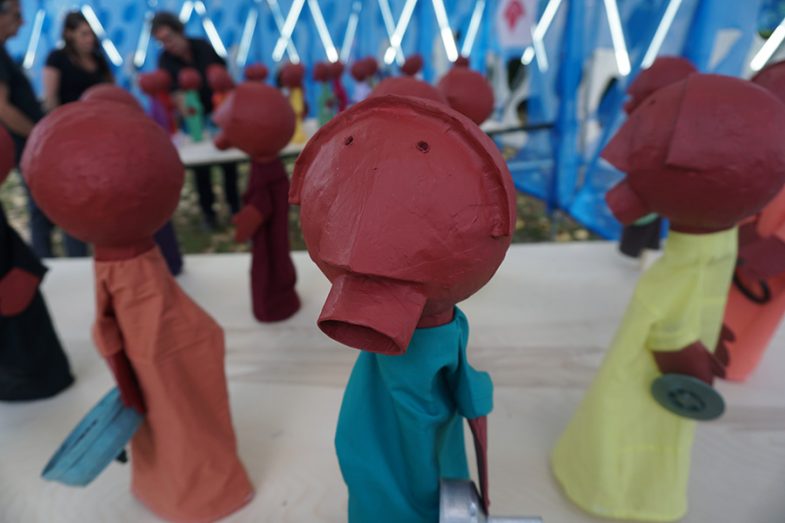
photo by Rafael Domenech -
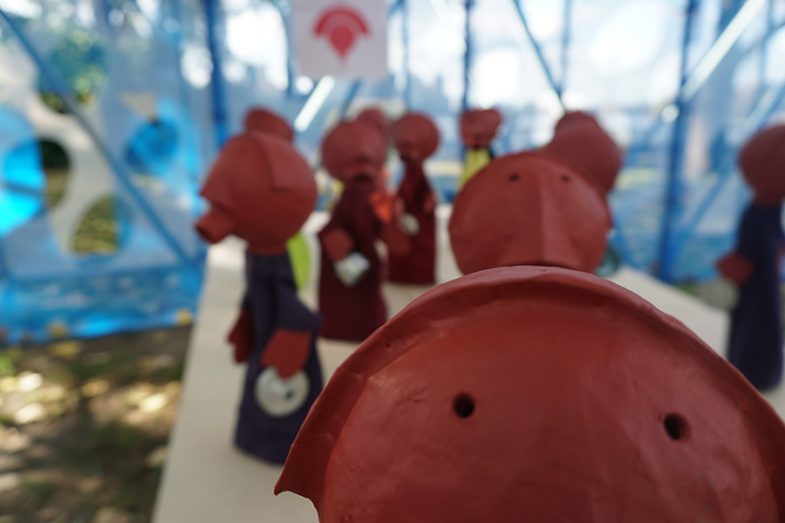
photo by Rafael Domenech -
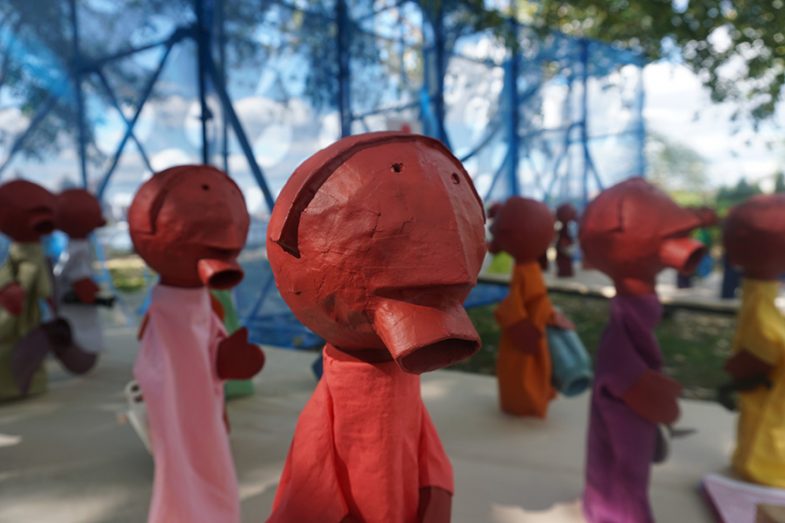
photo by Rafael Domenech -
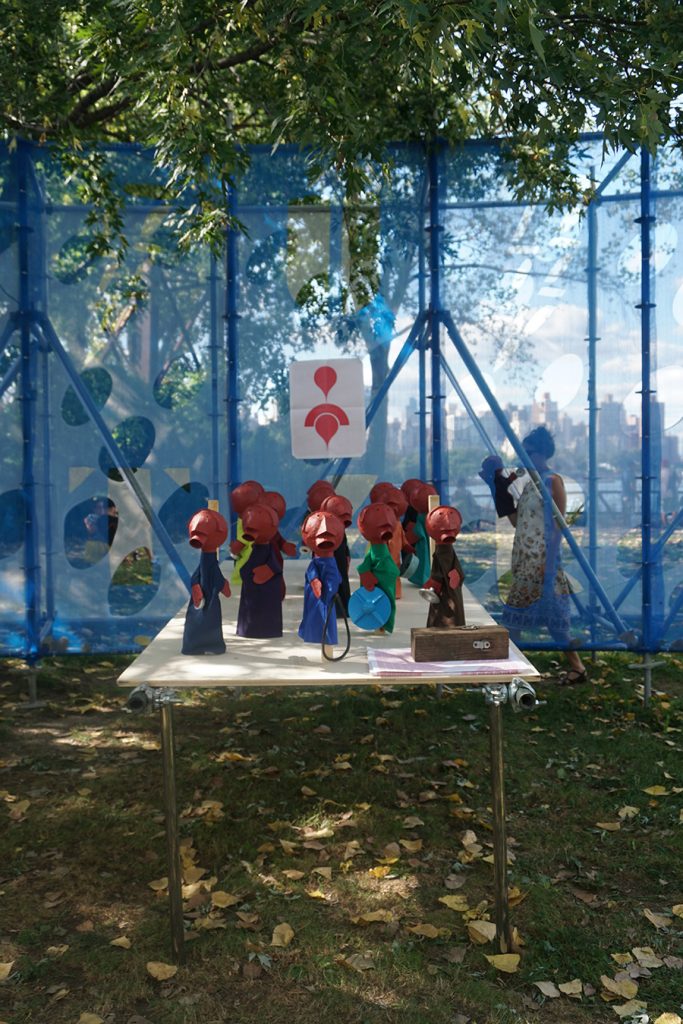
photo by Rafael Domenech -

photo by Rafael Domenech -
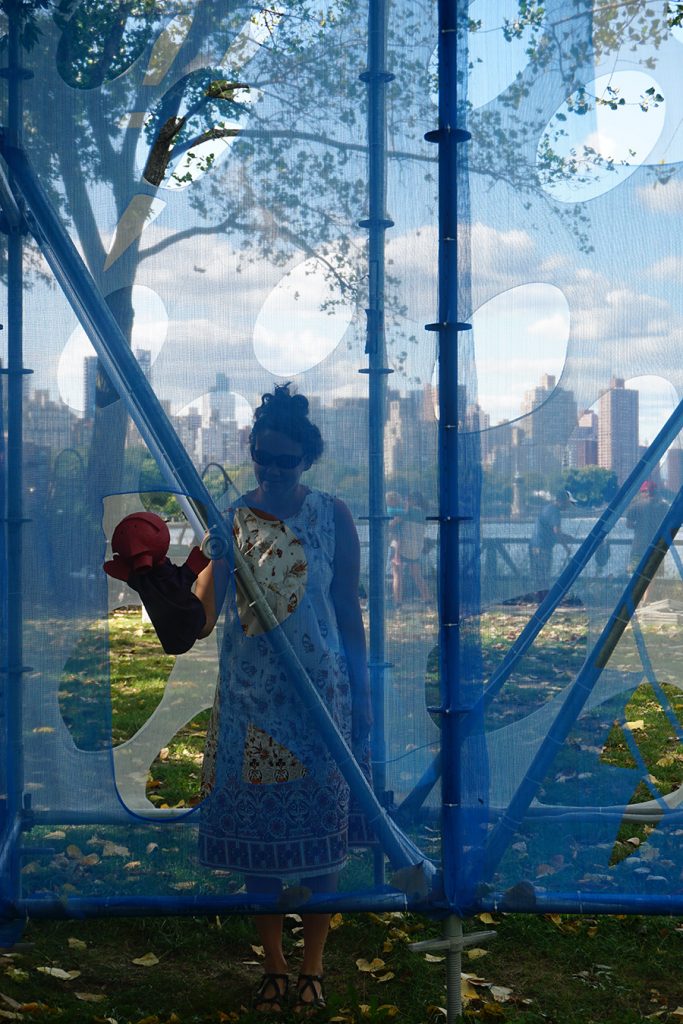
photo by Rafael Domenech -
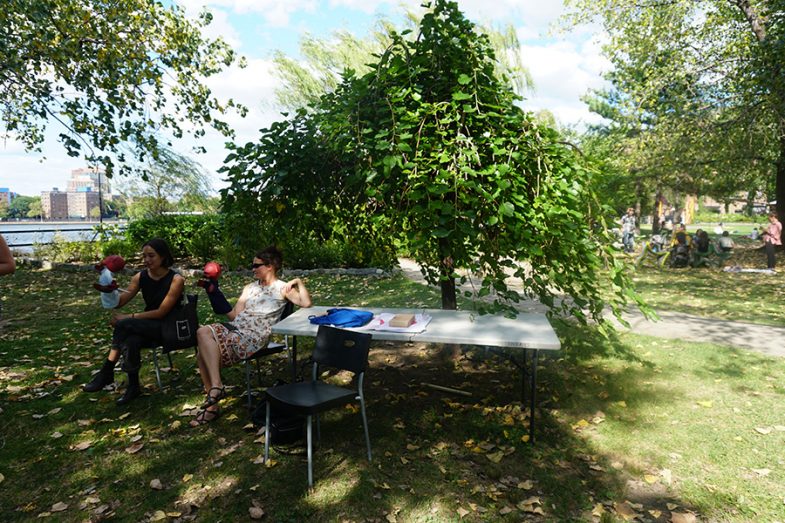
photo by Rafael Domenech -

photo by Rafael Domenech -
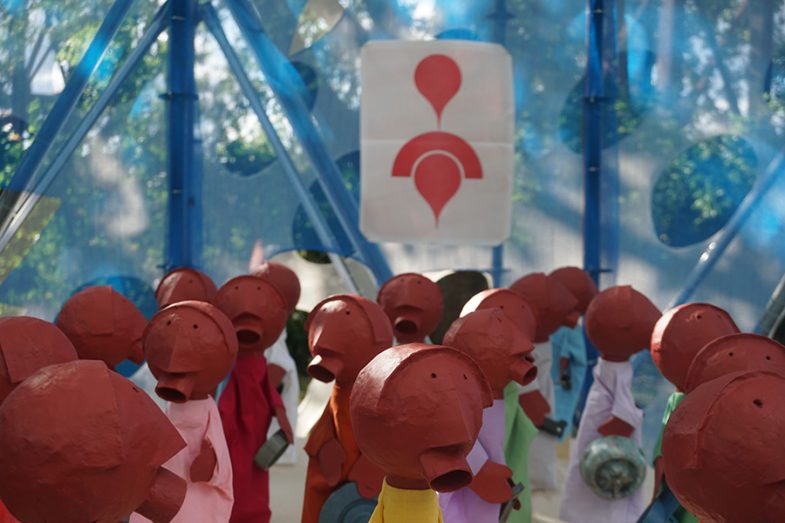
photo by Rafael Domenech -
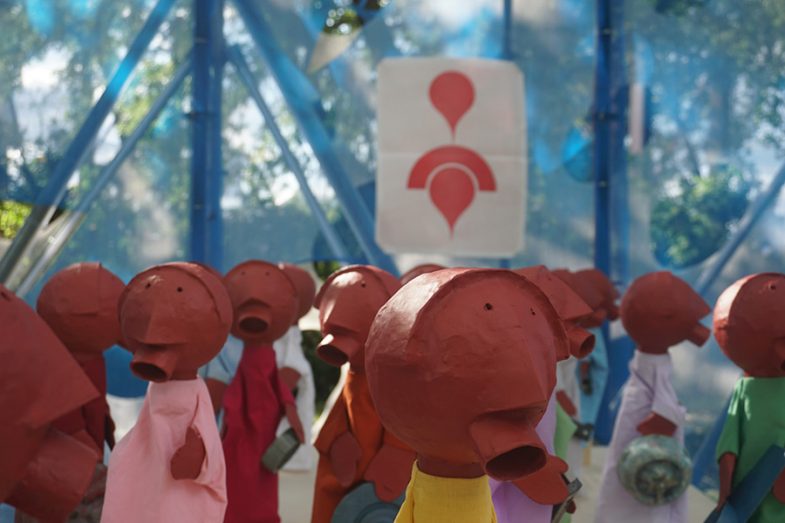
photo by Rafael Domenech -
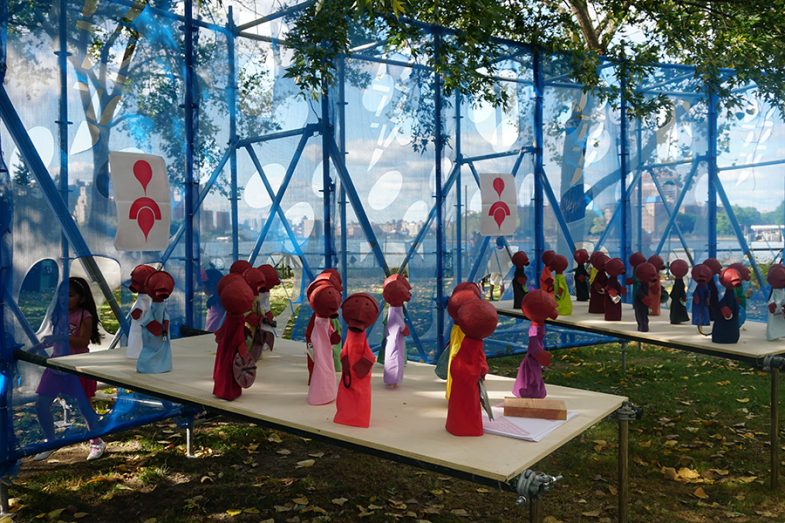
photo by Rafael Domenech -
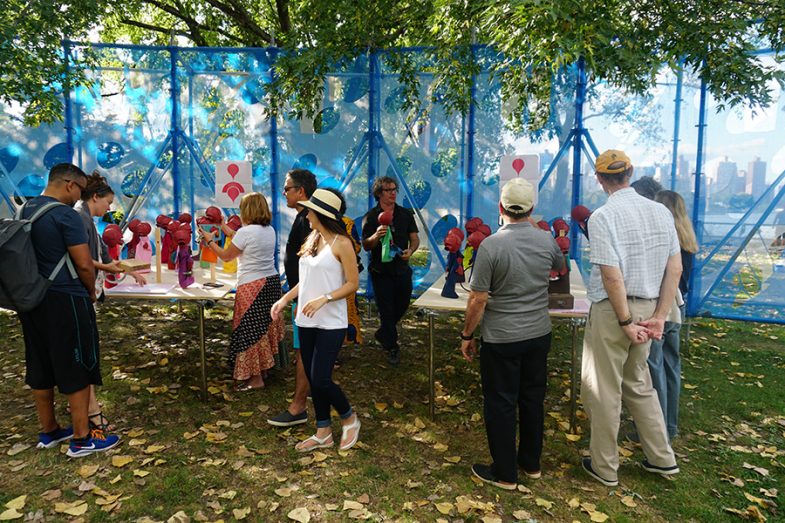
photo by Rafael Domenech -
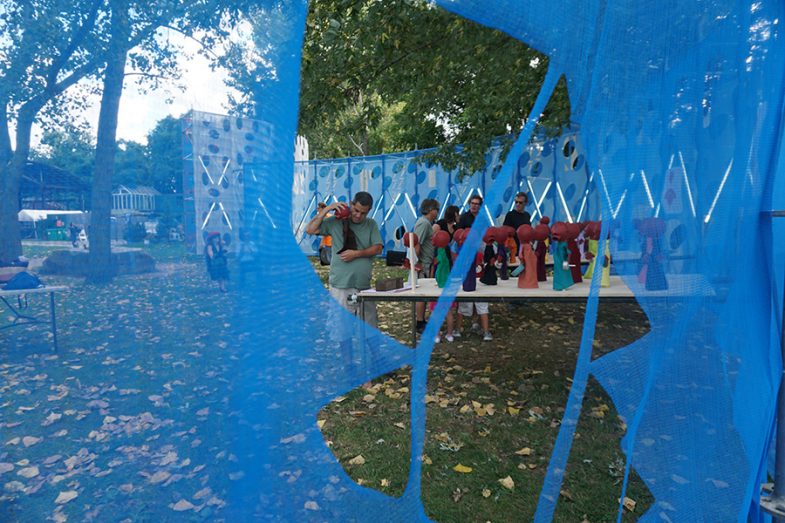
photo by Rafael Domenech -
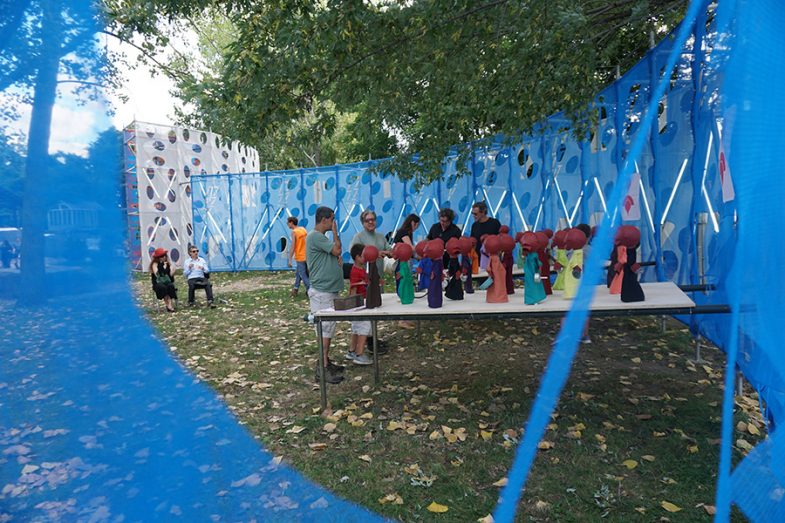
photo by Rafael Domenech -
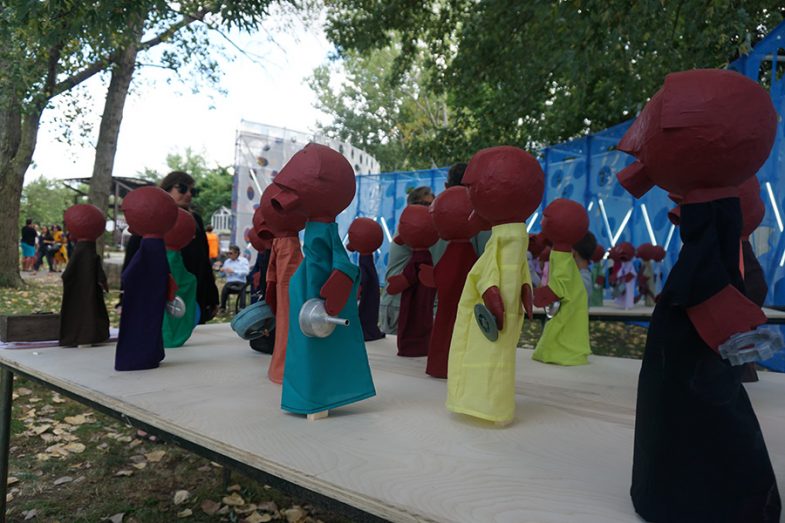
photo by Rafael Domenech -

photo by Rafael Domenech -
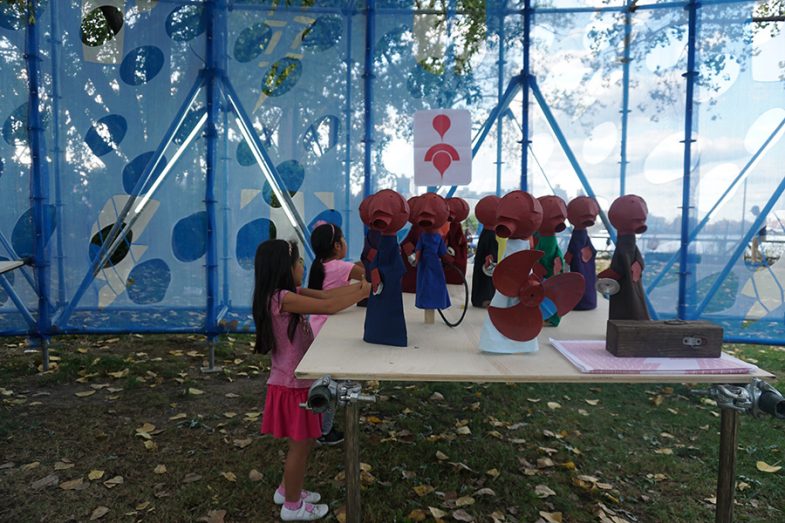
photo by Rafael Domenech -
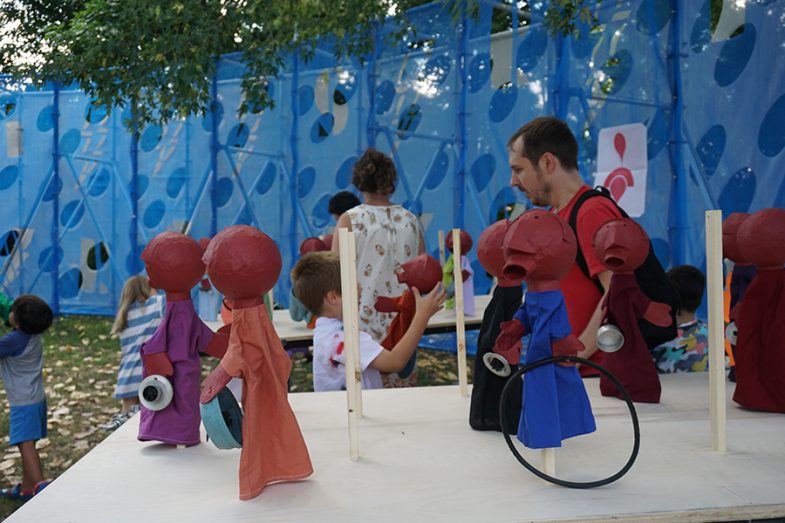
photo by Rafael Domenech -
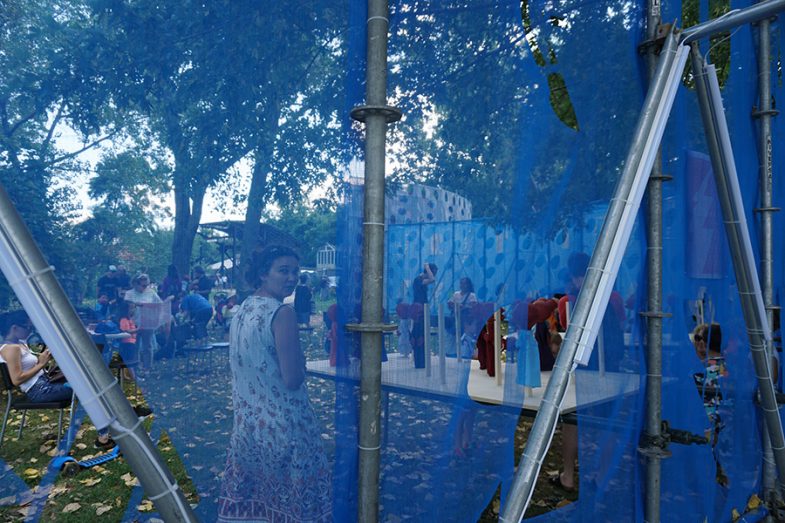
photo by Rafael Domenech -
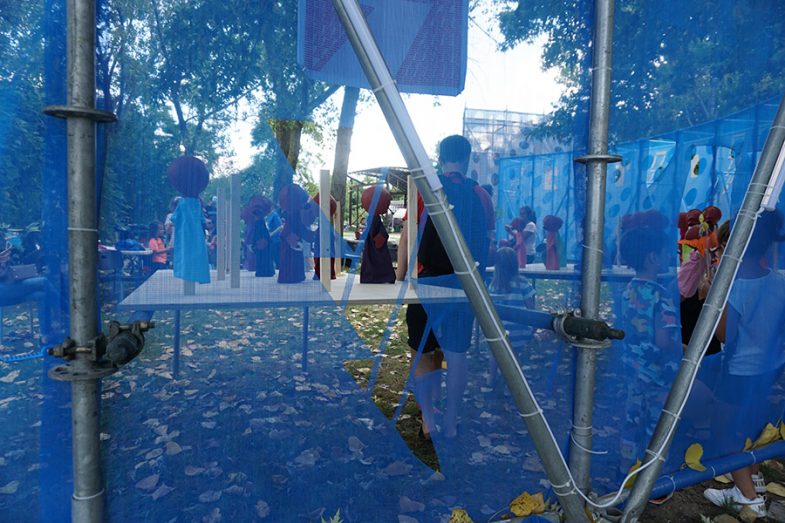
photo by Rafael Domenech -

photo by Rafael Domenech -
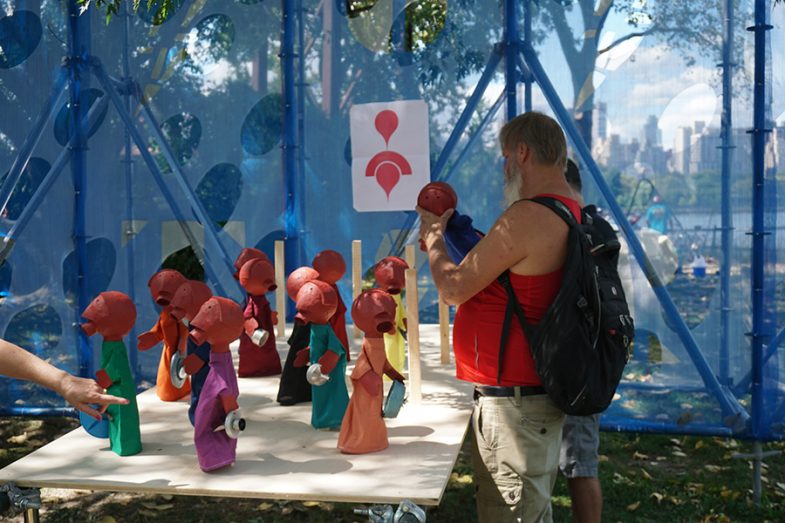
photo by Rafael Domenech -
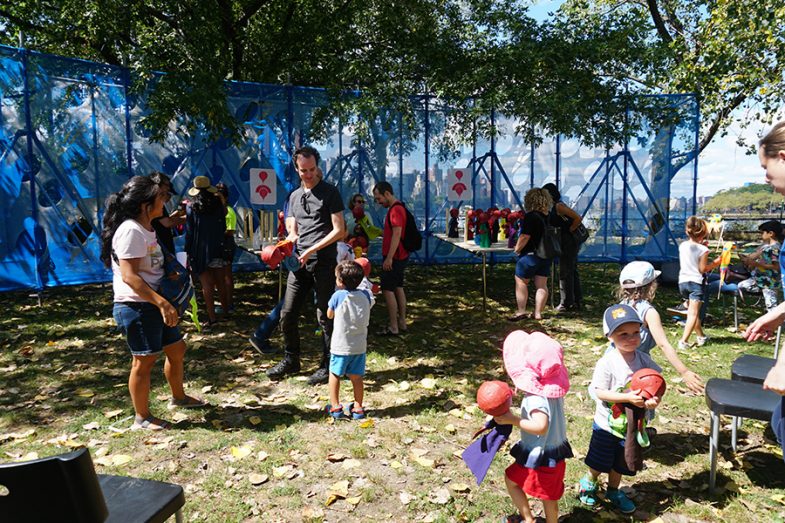
photo by Rafael Domenech -
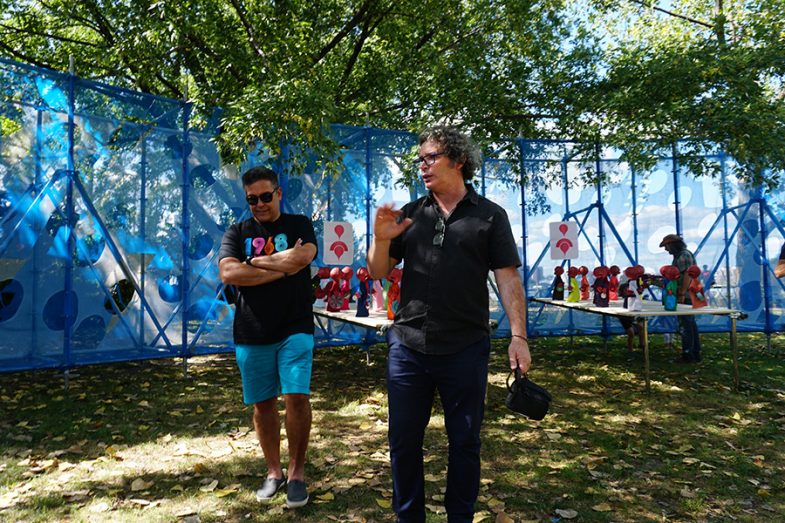
photo by Rafael Domenech -

photo by Rafael Domenech -
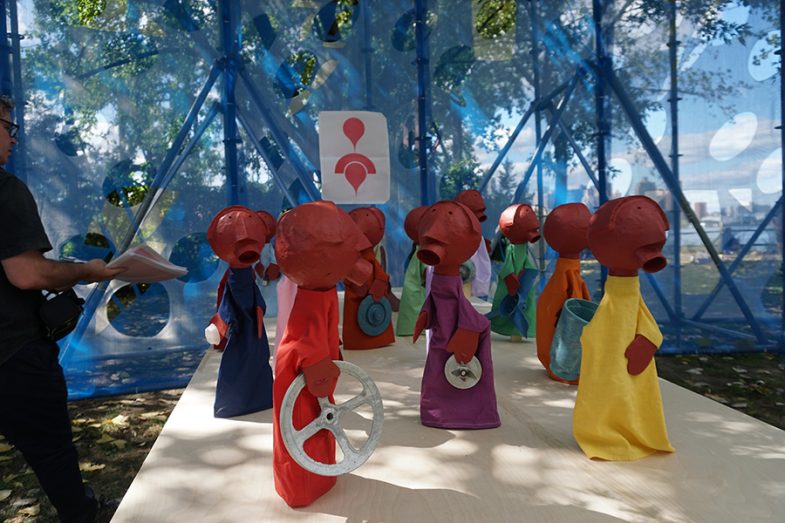
photo by Rafael Domenech -
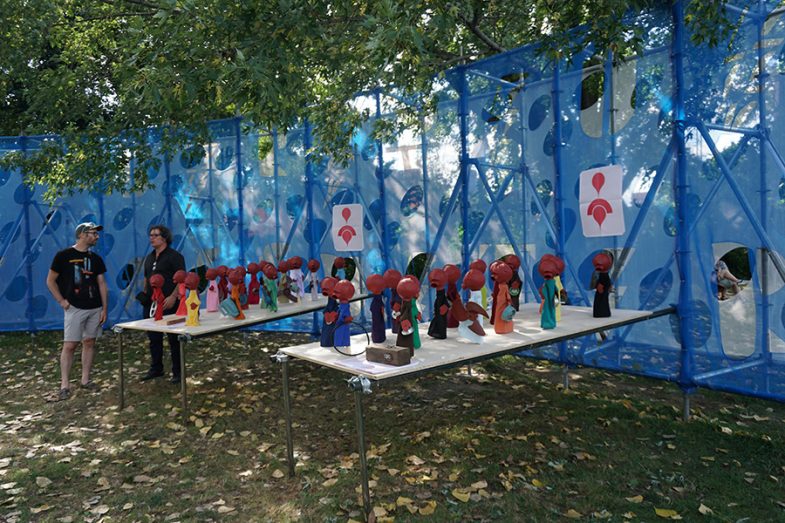
photo by Rafael Domenech -
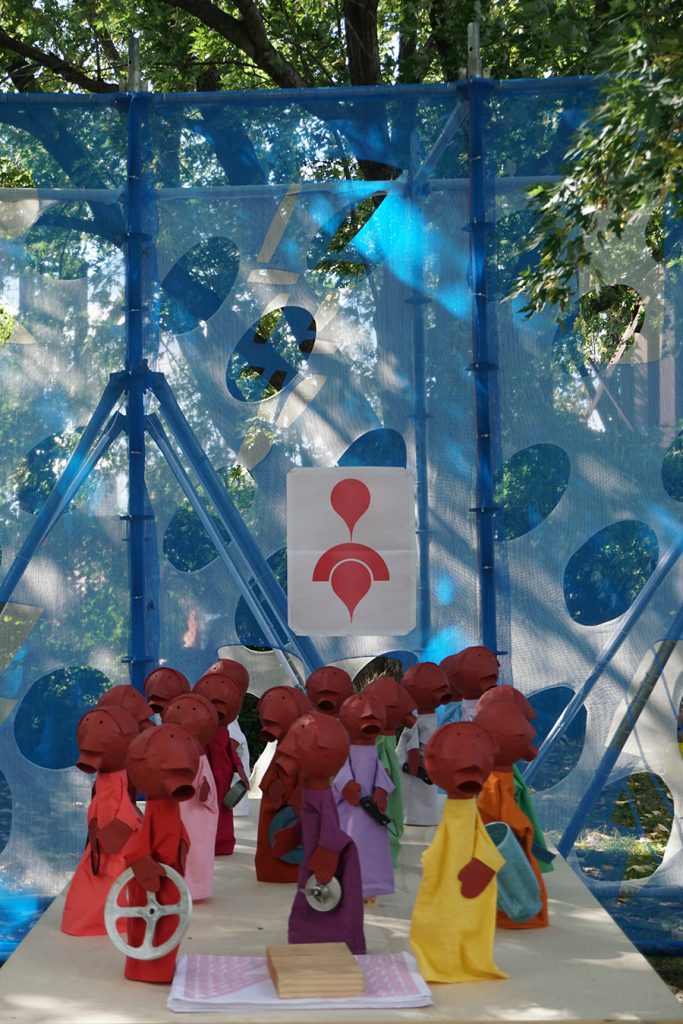
photo by Rafael Domenech -
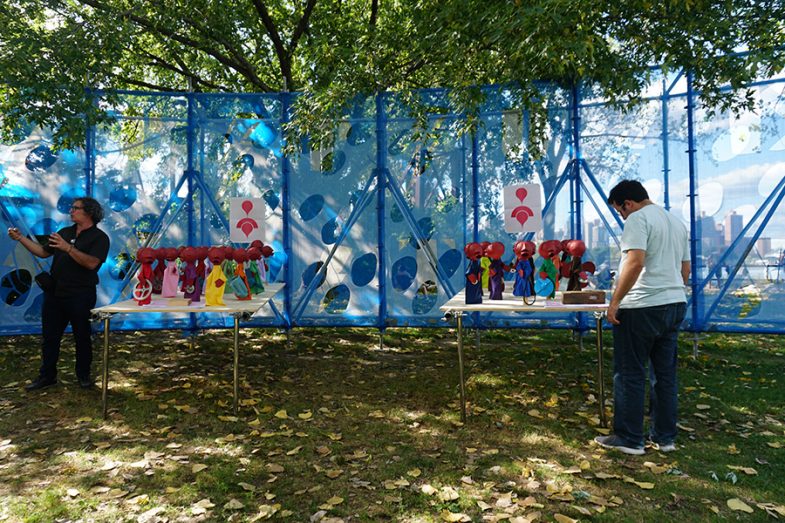
photo by Rafael Domenech -
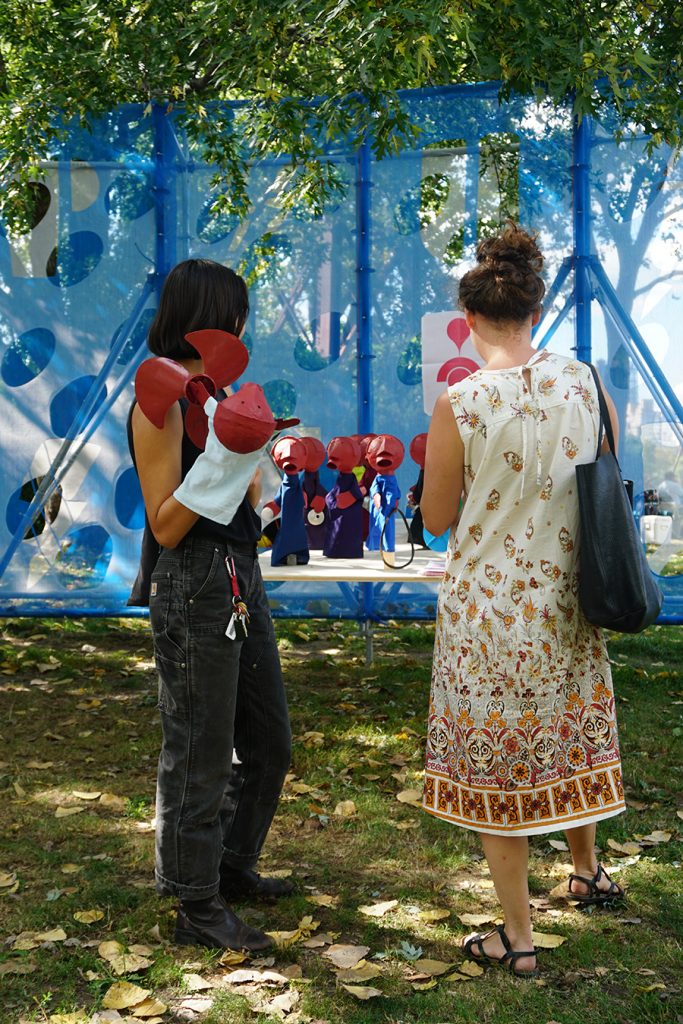
photo by Rafael Domenech -
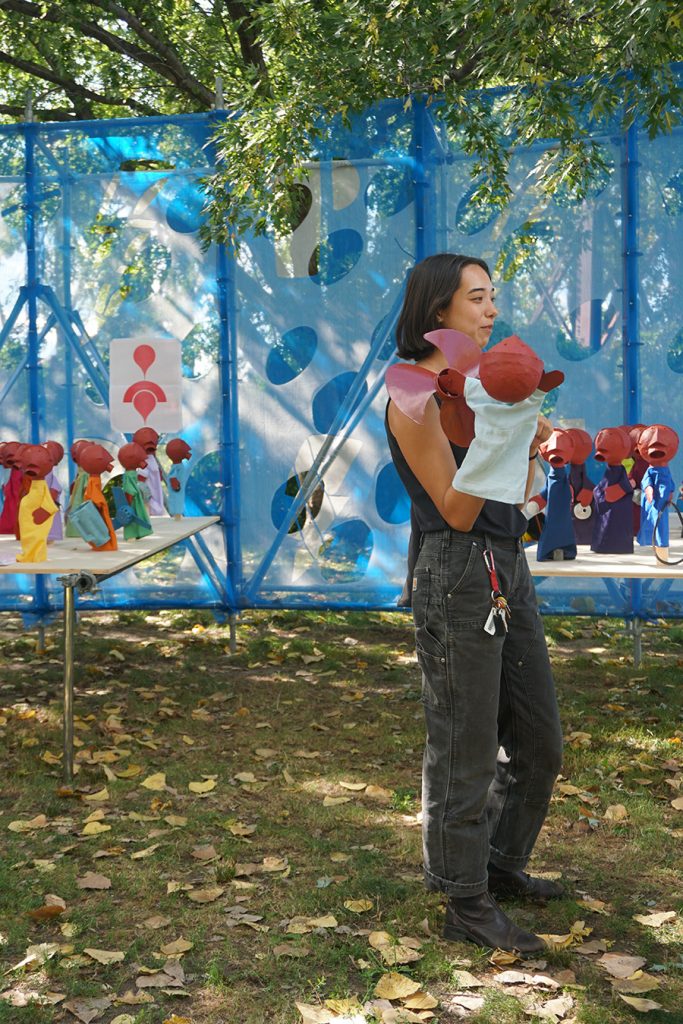
photo by Rafael Domenech -
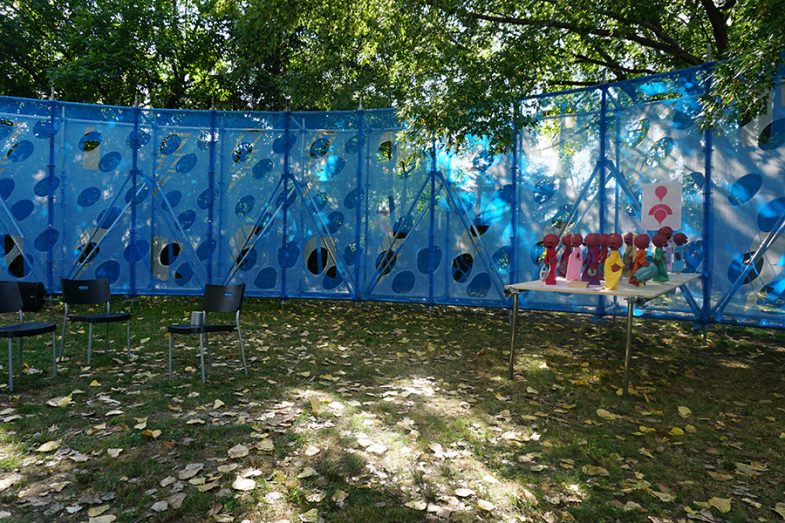
photo by Rafael Domenech -
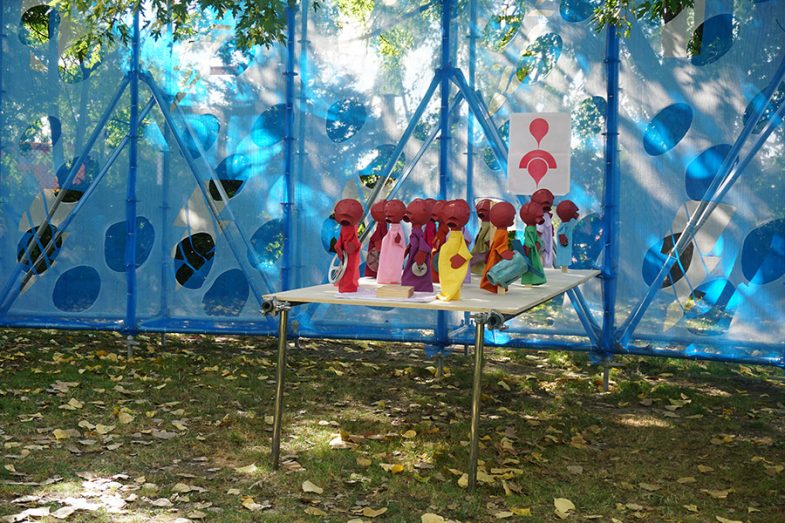
photo by Rafael Domenech -
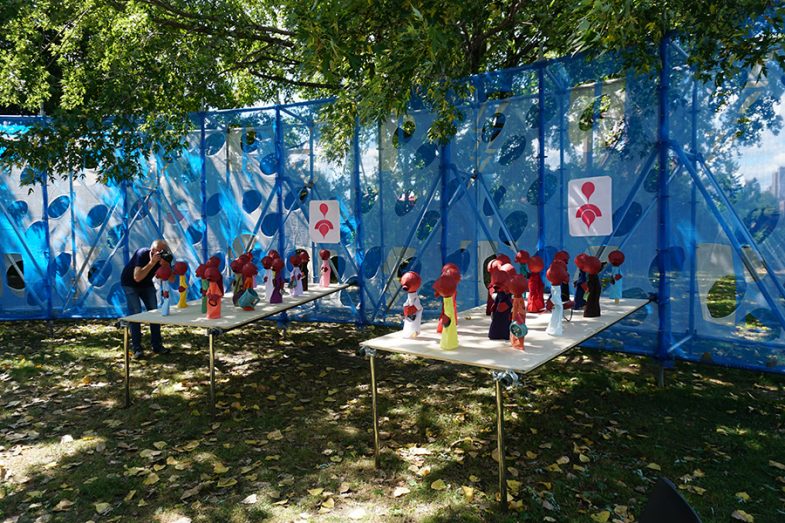
photo by Rafael Domenech -
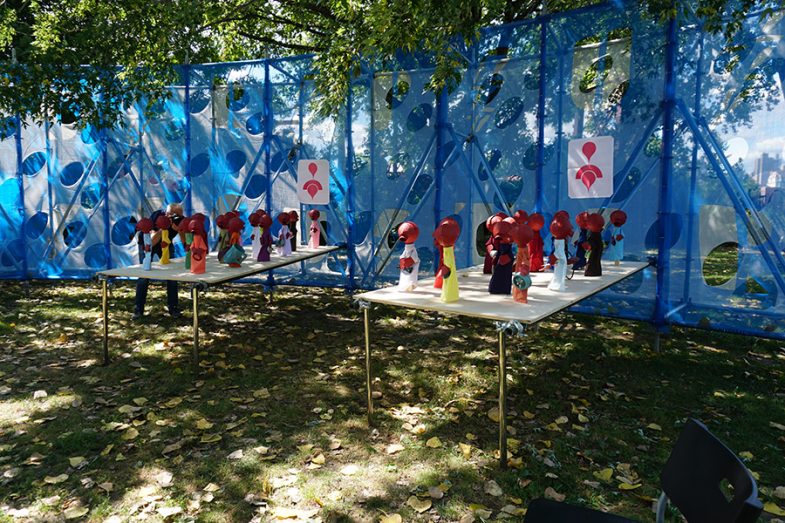
photo by Rafael Domenech -
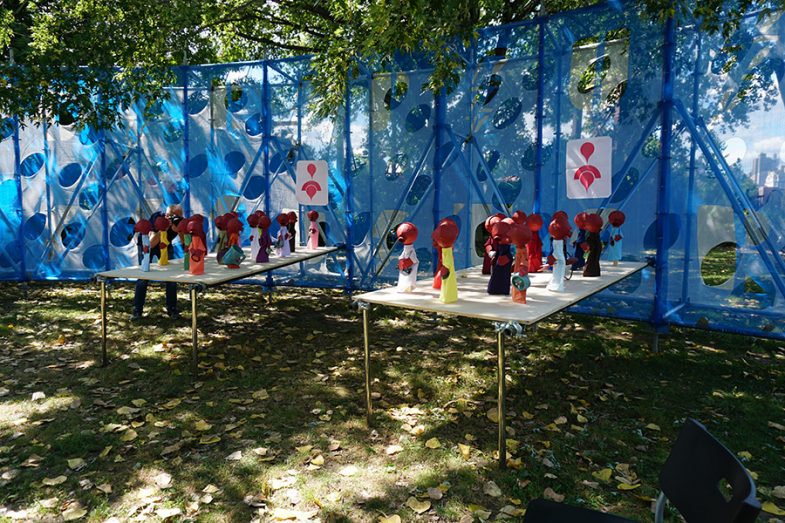
photo by Rafael Domenech -
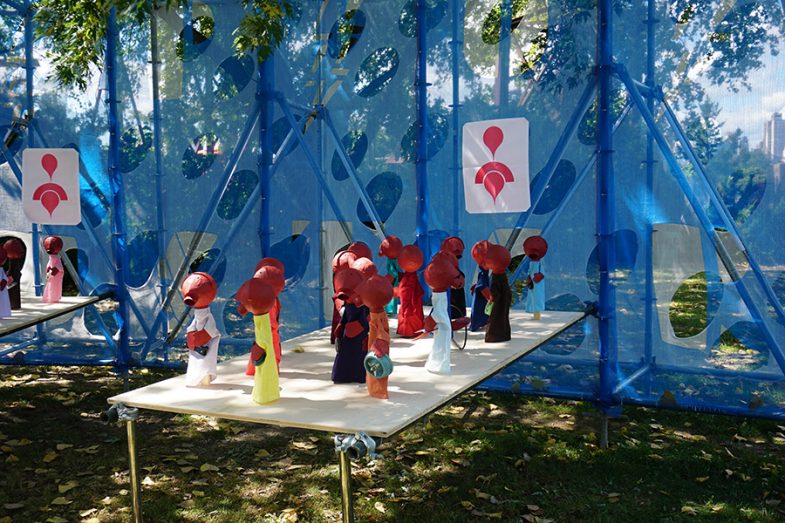
photo by Rafael Domenech -
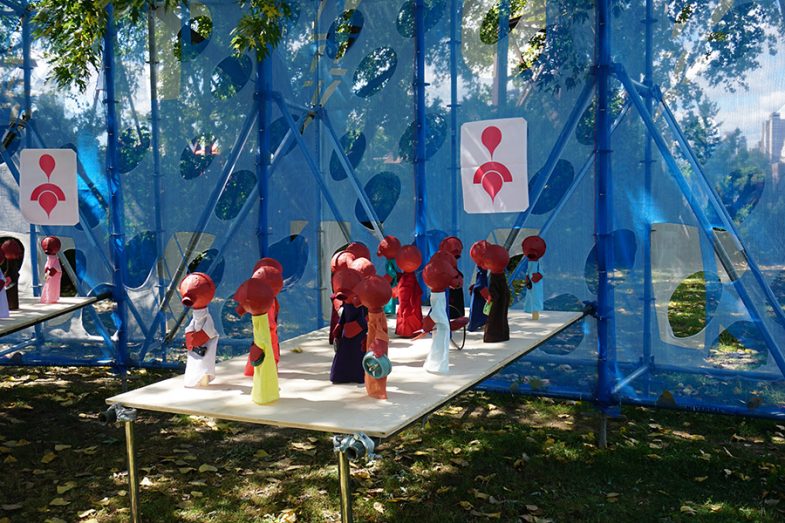
photo by Rafael Domenech -
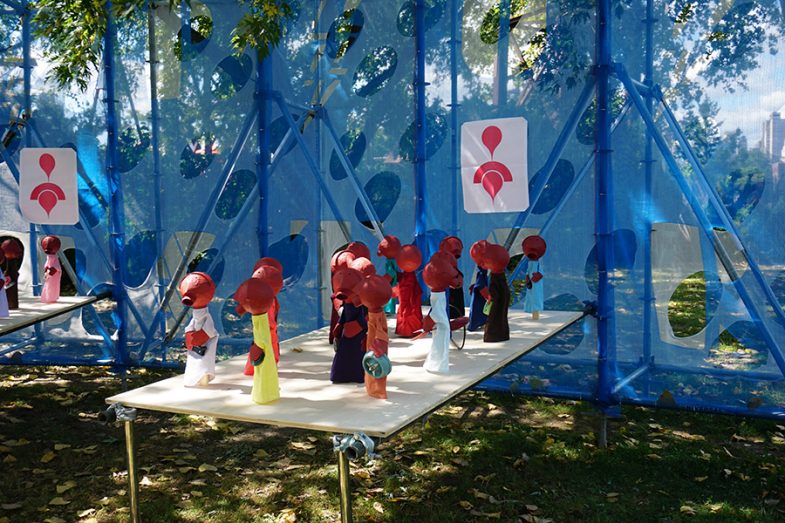
photo by Rafael Domenech -
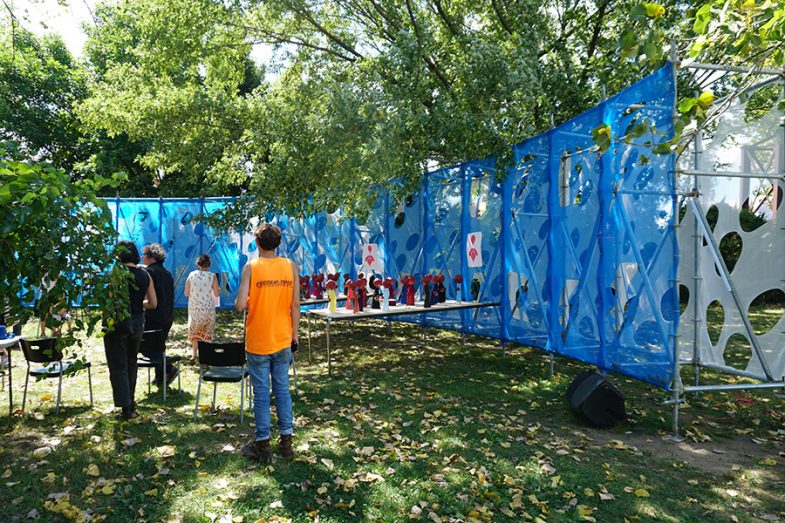
photo by Rafael Domenech -

photo by Rafael Domenech -
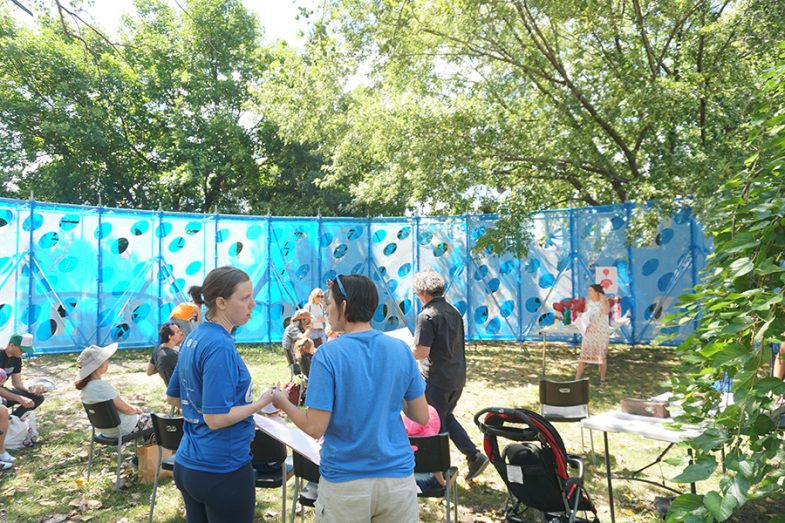
photo by Rafael Domenech -
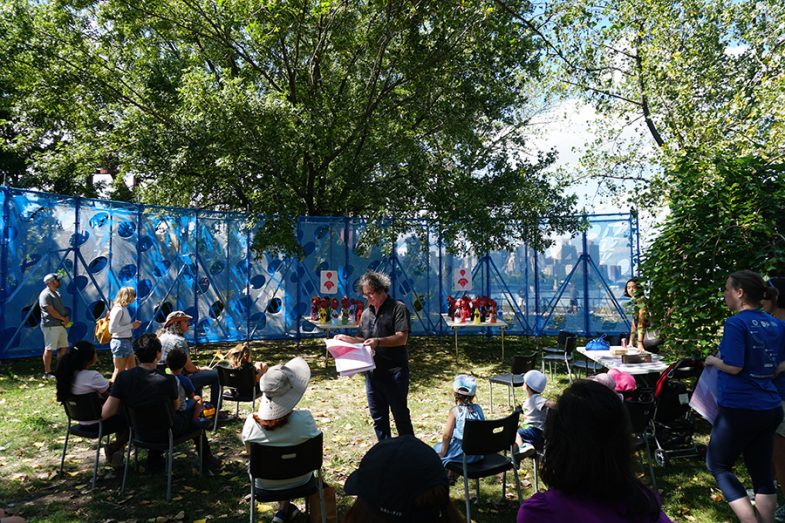
photo by Rafael Domenech -
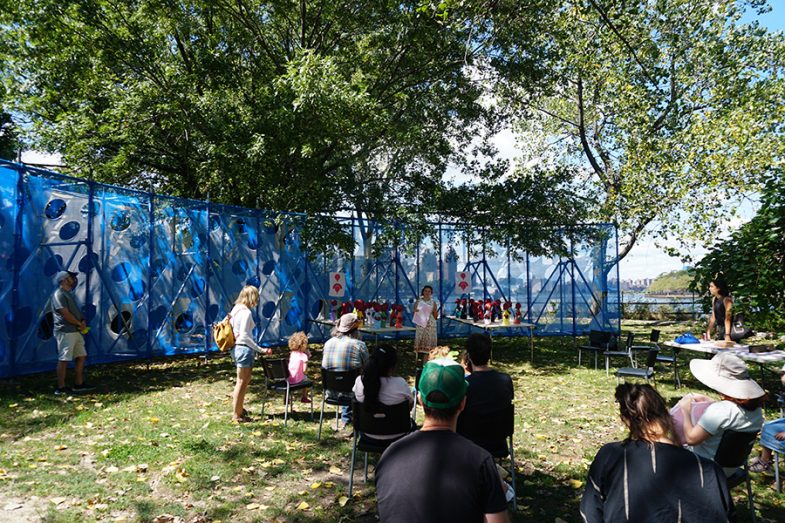
photo by Rafael Domenech -
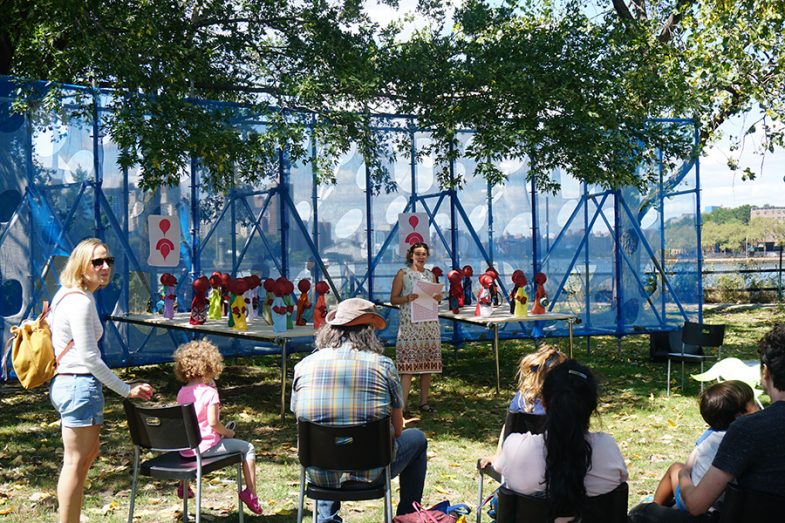
photo by Rafael Domenech -
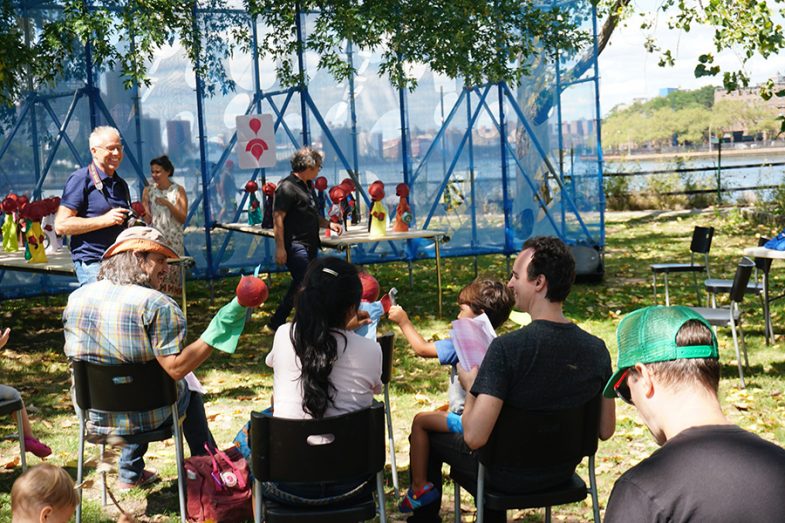
photo by Rafael Domenech -
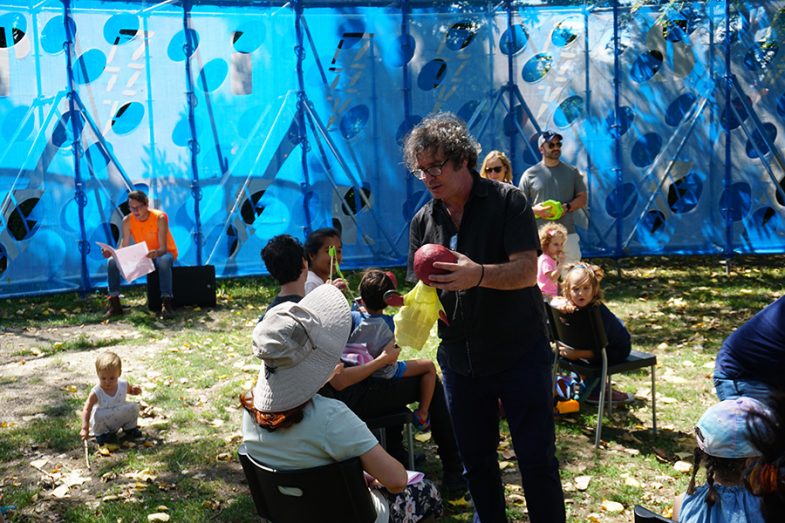
photo by Rafael Domenech -
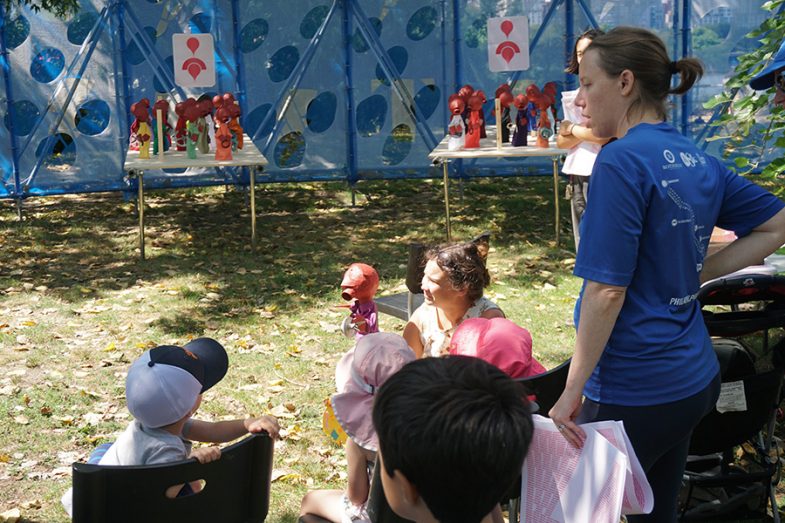
photo by Rafael Domenech -
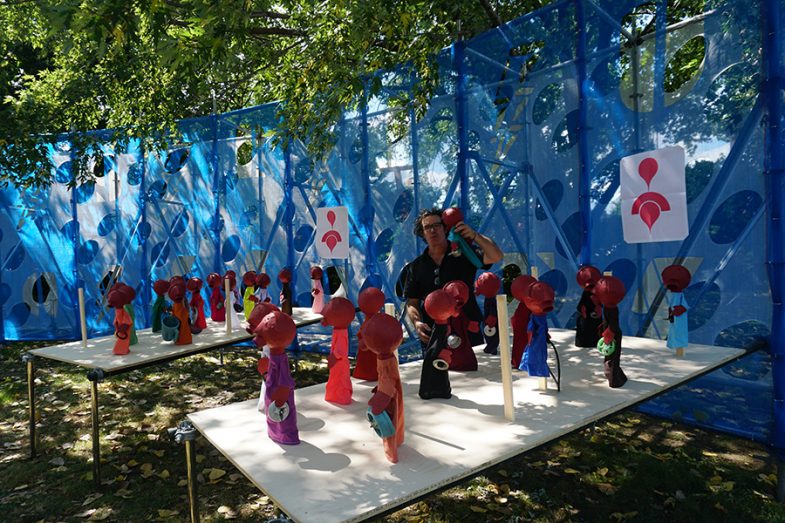
photo by Rafael Domenech -
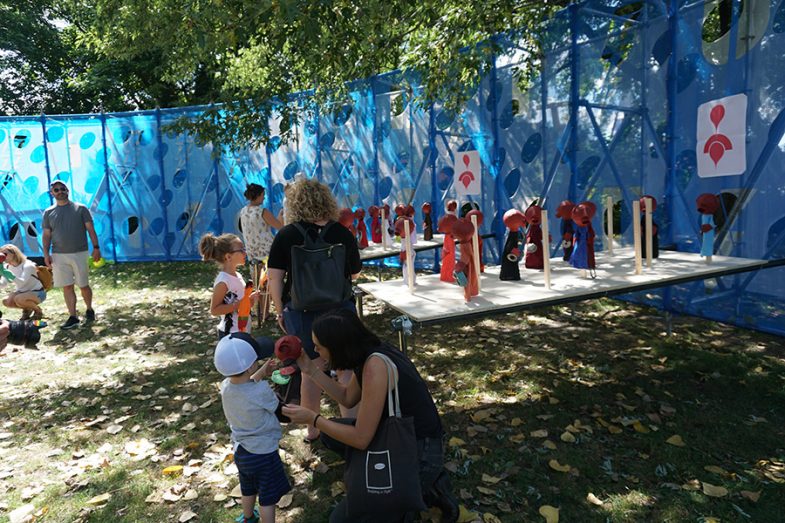
photo by Rafael Domenech -
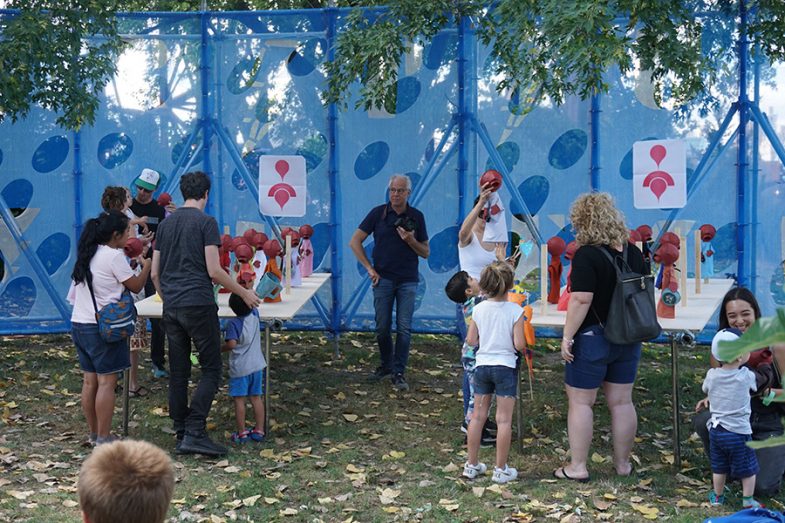
photo by Rafael Domenech -

photo by Rafael Domenech -
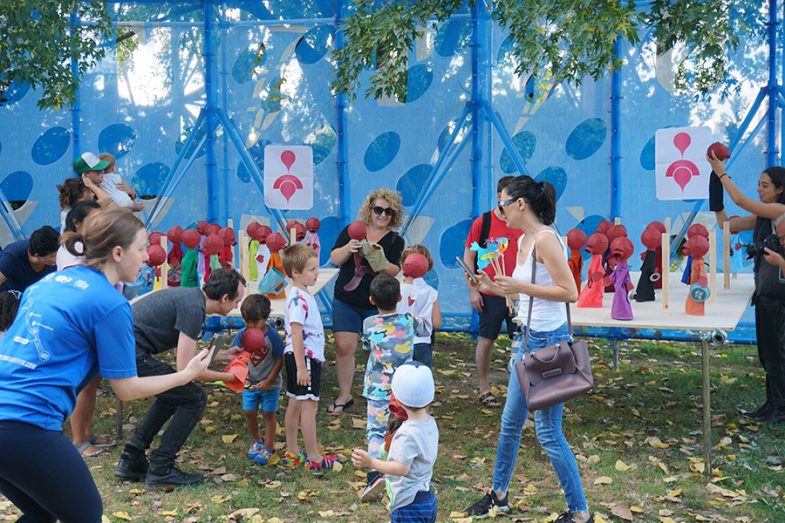
photo by Rafael Domenech -
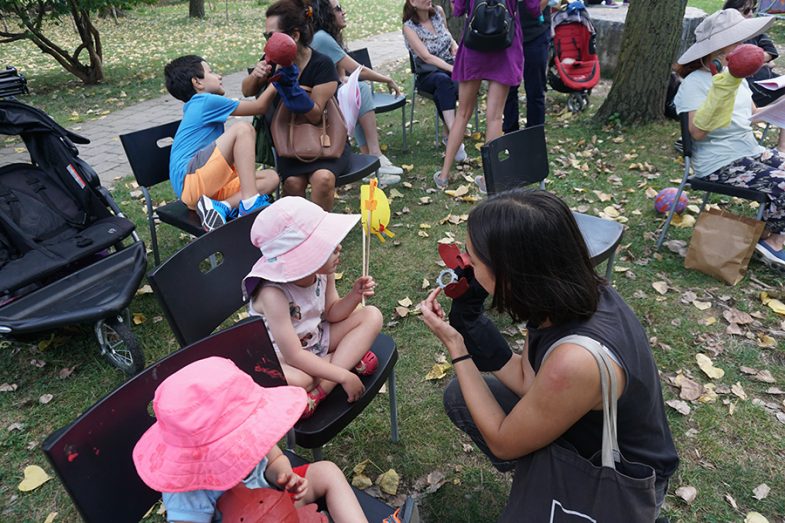
photo by Rafael Domenech -

photo by Rafael Domenech -
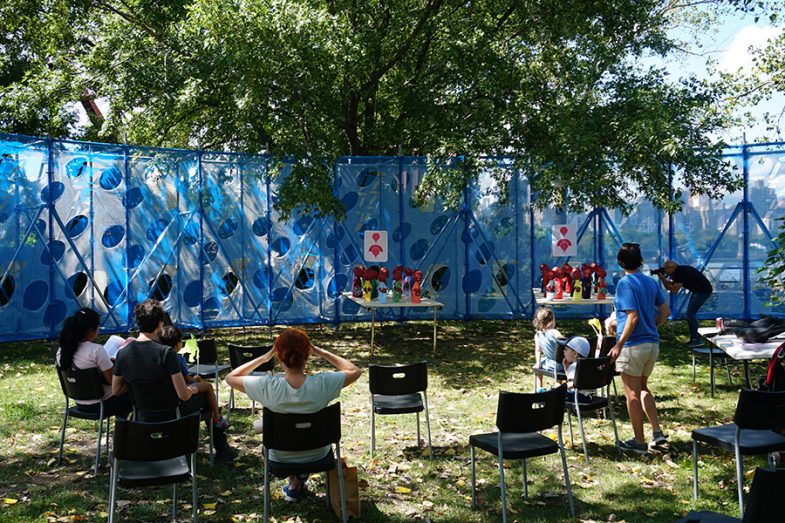
photo by Rafael Domenech -
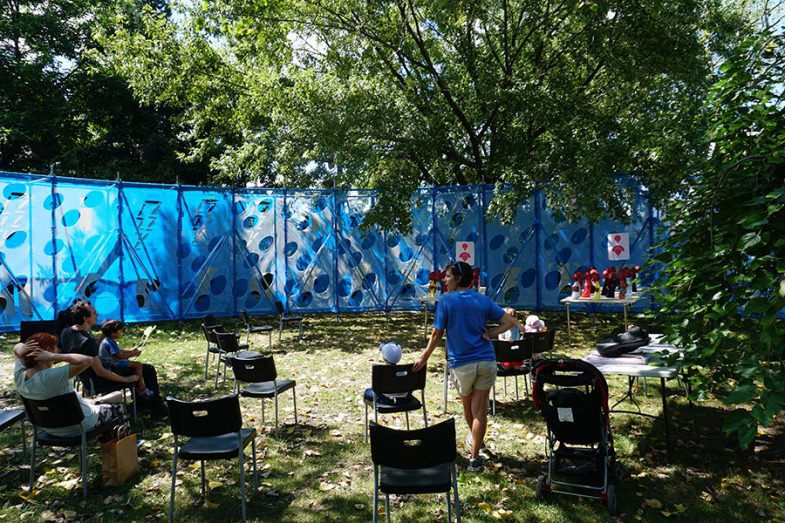
photo by Rafael Domenech -
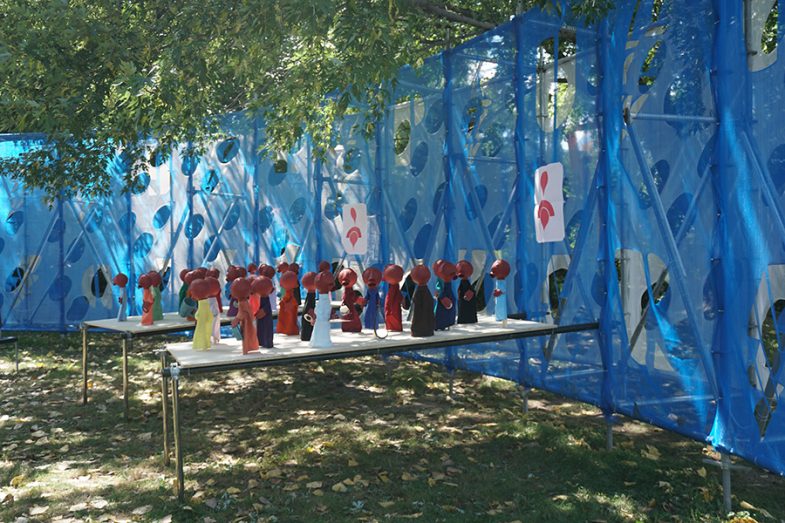
photo by Rafael Domenech -
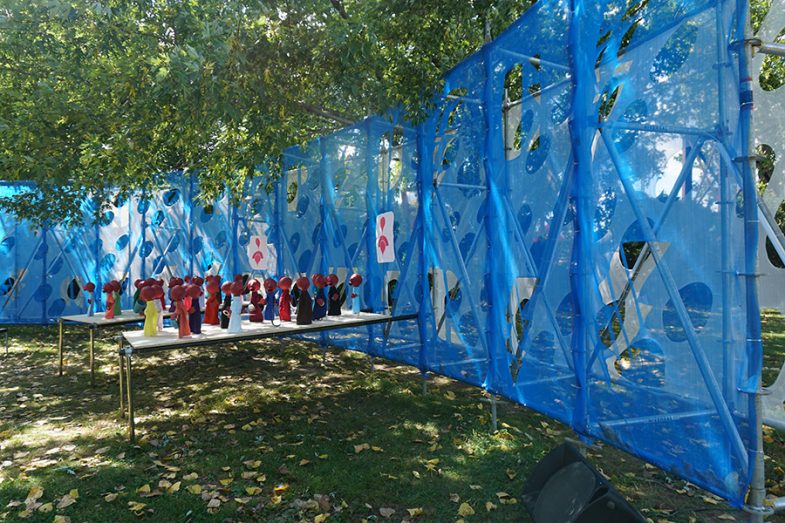
photo by Rafael Domenech -
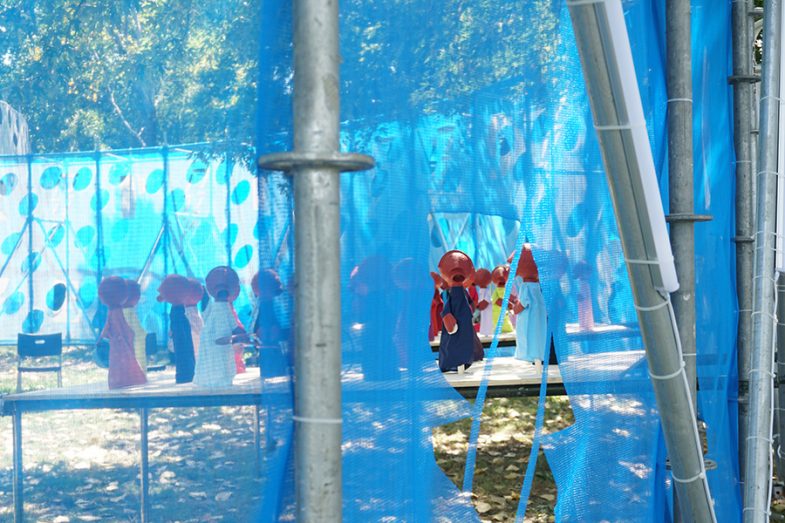
photo by Rafael Domenech -
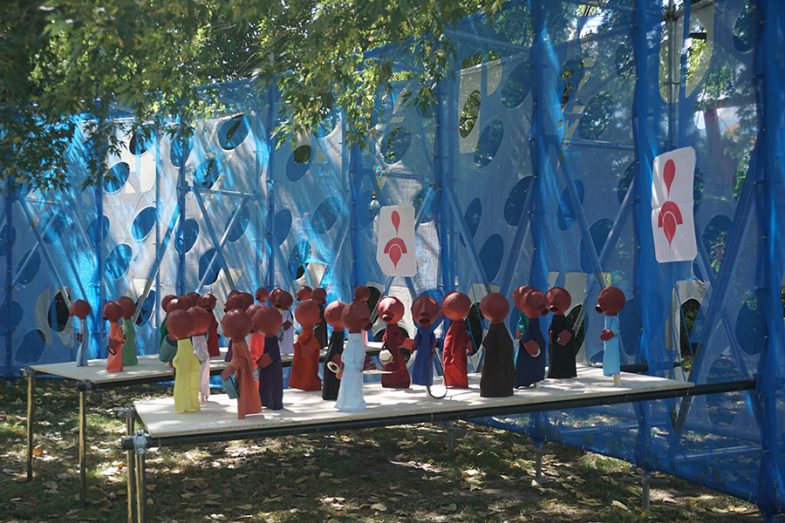
photo by Rafael Domenech -
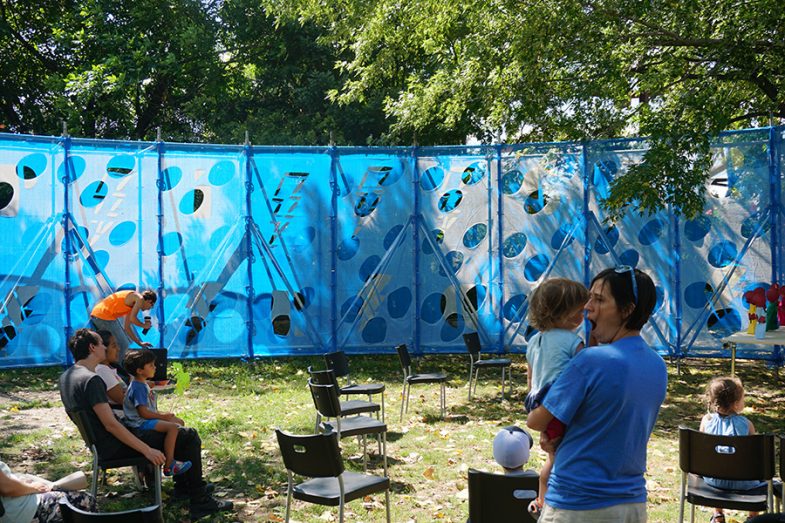
photo by Rafael Domenech -
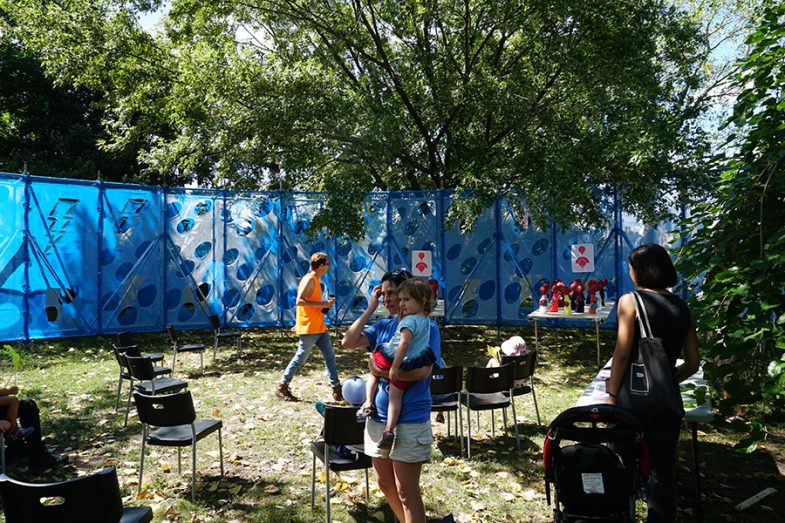
photo by Rafael Domenech -

photo by Rafael Domenech
The main scene of Rupture* takes place around a set of puppets arranged on a table. Each puppet has a spare part in one of its hands. These parts were mass-produced by Cuban families in their homes for the purpose of repairing electrical appliances, as well as other objects. The majority of the domestic objects that exist in Cuba were made in China, Korea, and Spain, and imported from those countries by the government, or acquired in the free trade zones of Panama and Asia. Other spare parts in this archive can repair objects brought over more than two decades ago from the Soviet Union. Many of the electrical appliances present in Cuban homes are designed neither to withstand high temperatures, nor the intense use they undergo. Thesale of spare parts on the official market is insufficient; for some devices, there are no spare parts. The vernacular production of spare parts challenges decades of monopolistic commercial practices by the Cuban state.
Rupture proposes repair and re-use, considering these tactics techno-political stances, as a critical look at the processes of the commercialization and fetishization of capitalist, industrial objects.
Anyone who arrives may take a puppet, insert his or her hand into it, and become an actor in the play. The main text is a list of questions that can be asked to the other participants, or the play’s director. Each person may choose any question; it is not necessary to go in order. You can make up your own questions. Unless the chosen question requires it, you do not need to modulate your voice—but do so if you wish. On this print-out, you will find other texts that will help you should you desire to pose new questions. The music is by Juan Blanco.
The puppets were made with papier-mâché, cloth and string.
*Rupture is an archive of spare parts mediated by a puppet theater. The archive contains 80 parts distributed among 80 puppets. For this performance, I have selected 40 and created the same number of questions.
WHO’S ASKING?
Ernesto Oroza, 2019.
For Xiomara Palacios
“Tradition can be broken…but it takes hard work.” Leo Brouwer
“Anyone can design, even designers” (paraphrasing Augusto Boal)
PUPPET (question 1):
We’re talking about Rupture, here—about Repair as a transgressive act. But isn’t repair an effort to conserve the original features and functions of an object?
PUPPET (question 2):
(Try asking this question as part of a chorus—team up with other participants)
Can a new mechanism be made out of the spare parts collected here?
PUPPET (question 3):
(Troubled, and with a serious tone, as if you were Hamlet)
Can you tell me what I have in my hand?
PUPPET (question 4):
(Suspicious, as if visiting a flea market—La Cuevita,[1]for example)
Is this spare legit?
PUPPET (question 5):
Could you tell me what the “Didactics of the Black Market” are?
PUPPET (question 6):
(Breaking the question up into syllables)
What purpose does this spare part serve in the object it repairs?
PUPPET (question 7):
Can this spare part be used to repair a device other than the one it was designed for?
PUPPET (question 8):
(As if you were an inspector of the Cuban state)
What is the origin of the raw material used in the manufacture of this spare part?
PUPPET (question 9):
(As if you were interested in buying)
How much are these spare parts?
PUPPET (question 10):
What is an object-document?
PUPPET (question 11):
What is a documentary object?
PUPPET (question 12):
What is an open object?
PUPPET (question 13):
Does repair give the repaired object new values?
PUPPET (question14):
In preserving the object through repair, aren’t we maintaining the exclusive forms and anti-repair efforts inscribed in it?
PUPPET (question15):
What is an object of necessity?
PUPPET (question16):
Why am I red?
PUPPET (question17):
When and how is the technical knowledge contained in an object socialized?
PUPPET (question18):
Can repair be a part of design in the future?
PUPPET (question19):
What can be done if we can’t repair an object anymore?
PUPPET (question20):
Who was Armando Morales?
PUPPET (question21):
Who is Félix Beltrán?
PUPPET (question22):
Who was Juan Blanco?
PUPPET (question23):
What technology is involved in the manufacture of this object?
PUPPET (question24):
Who designed this spare part?
PUPPET (question25):
What is a corrected design?
PUPPET (question26):
What is prophylactic design?
PUPPET (question27):
What can impede the repair of an object?
PUPPET (question28):
(Showing what is in your hand)
Can I use this spare part to repair a fan?
PUPPET (question29):
(Showing what is in your hand)
Can I use this spare part to repair a Moka pot?
PUPPET (question30):
(Showing what is in your hand)
Can I use this device to repair a pressure cooker?
PUPPET (question31):
(Showing what is in your hand)
Can I use this spare part to repair a blender?
PUPPET (question32):
(Showing what is in your hand)
Can I use this spare part to repair a washer?
PUPPET (question33):
Why repair when I can buy a new object?
PUPPET (question34):
Does repair imply a new form of authorship?
PUPPET (question35):
Is the production and sale of this spare part legal?
PUPPET (question36):
Decades ago, maintenance and repair were aspects of—included in—use value. Why are they now considered to be tasks external to the practice of design?
PUPPET (question37):
Besides meeting a need, what other pressing matters does repair address?
PUPPET (question38):
What is the object like that could be repaired with this spare part?
PUPPET (question39):
What would a society that created repairable objects be like?
PUPPET (question40):
What is Technological Disobedience?
“Knowing is finding a solution.” – José Martí
Repair as rupture. Breakage. Break it!
Repair breaks the cycle of consumption; it postpones the trashing of the object. When it can’t be repaired, the object becomes a source of parts for the repair of other objects. In theory, the cycle could be broken forever. Breakage!
“No fixed structure corresponds to its defined use.” – Gilbert Simondon
Havana is red. A Red-Rock paint covers everything. It is said that it protects objects and houses from oxidation and humidity. Eusebio Leal’s beige,[2]the white lime of the Special Period, and the fuchsia-pink and turquoise of “Raulismo” disappear behind the arrival of the prophylactic red tsunami.
The invasive presence of this color could be a collective response to the high index of corrosion on the island. The northern costal zone of Cuba sits between the categories of C4 and CX on the index of corrosive aggression (ISO 9223)—the third highest in the world after the Persian Golf and the Yucatan. In recent years, a version of rust-red paint was produced in the country; it was distributed at modest prices, and its use spread across cities as a result. The rust-red paint—oil-based—is sold in re-used water bottles (500ml) by street vendors, at a price between 30 and 50 Cuban pesos (CUP). In Rupture, this color, re-named “prophylactic red” and “Taino red,” was applied to the heads and hands of the puppets as a metaphor for, and index of, the process of geographical speciation.[3]
Factogram (object-document and documentary object)
“Rupture” is dedicated to exploring repair as a record of the present, as Factography (a concept of the Soviet writer Sergei Tretiakov). From this perspective, I am proposing that we think about spare parts as objective records, since they reproduce specific technological forms (documentary object). The materials used for production, by means of recycling, record the fluxes and furtive economies around the culture of trash on the island: the plastic from a trash can—its urban surrounding stolen from it—becomes raw material in the manufacture of blades for Korean fans. Vernacular repair in Cuba is Factography: it operates as a technique of object fixation; the spare part is a precipitate of the socialized labor processes).
To repair is like coming to love again.
To repair is to reexamine the object and its industrial culture from an artisanal perspective.
[1]An informal market in San Miguel del Padrón (Havana) where spare parts, and other objects made by cuban families to meet their basic needs, can be found.
[2]Historian at the forefront of restoration works in Old Havana.
[3]Speciation is the product of microevolutionary processes that create divergences, thanks to local adaptation and geographical differentiation.
Translated by Yoan Moreno
Selected music: Juan Blanco (June 29, 1919 in Mariel, Cuba – November 5, 2008 in Havana). Blanco was the first Cuban composer to utilize electroacoustic, spatial music and multimedia.
Cirkus Toccata 1984
Contrapunto Espacial No 3 1969
Interludio con Máquinas 1963
Ensamble VI 1963
Estructuras 1963
La Partida Viviente 1967
first presentation: https://www.ernestooroza.com/ruptura-factograma-i/
